One of the most common things I’ve seen asked on forums is where to find small pots. By small, I mean pots that are under perhaps 60ml or so in volume. I think there’s certainly something to be said about using pots that are not overly large. For example, one person could hardly drink enough tea to justify using a pot that’s over 200ml. That’s huge, and will require lots of leaves and probably longer and fewer infusions. If you fill a 300ml pot with 1/3 full of dry leaves, that’s probably 20g or more, which might not kill you, but will certainly cause caffeine highs and other undesirable outcomes. So, there’s something to be said about small pots.
Small pots also have another benefit which older tea texts claim exist, which is that they retain the flavour of the tea better than large pots. Whereas large pots are seen to allow a tea’s qi to float out of the pot, smaller pots will retain it within its body and, presumably, deliver it to your cup. On a more practical note, small pots use less leaves, are relatively easier to control when brewing, and are easier to handle, so there’s something to be said about small pots.
I think, however, that below a certain size small pots become very difficult to use. Mind you, I have a lot of them – some as small as 30 or 40ml in volume, but I almost never use them, and have them around mostly as curiosity pieces. The reasons are really twofold. The first is that small pots, once they are below a certain size, actually start getting harder to use again. The amount of water you can pour in there is small, and therefore the room for error is also smaller. For leaves that expand a lot, you really can’t use very many leaves at all, and the pots often will have lids bulging out simply because the leaves have soaked up water. I also find them to be slightly unsatisfying – perhaps that’s the caffeine addict in me talking, but I find a pot between 80-120ml to deliver the right amount of tea for me, whereas pots that are smaller have trouble doing that.
Moreover, they are not very suitable for certain teas, unless you’re interested in crushing the leaves. Wuyi yancha, for example, or dancong, are likely to have leaves that are too large for a small pot to handle whole. Even some puerh will be too large, and require serious breakage for a small pot of, say, 50ml in capacity.
Also, and this is quite important, I think tea really isn’t meant to be a one-person consumption affair. It’s meant to be shared, probably in a few cups with different people. Drinking alone is common in the West, but less so in Asia. Which is why I think pots that are overly small are harder to find – they limit the number of people who can share in the cup. Some are only as big as one small cup of tea – such as my pot with stitched lid, but that means I can’t use that pot as soon as I have a guest, or even if I just want to share it with MadameN. That, I think, is deeply unsatisfying.

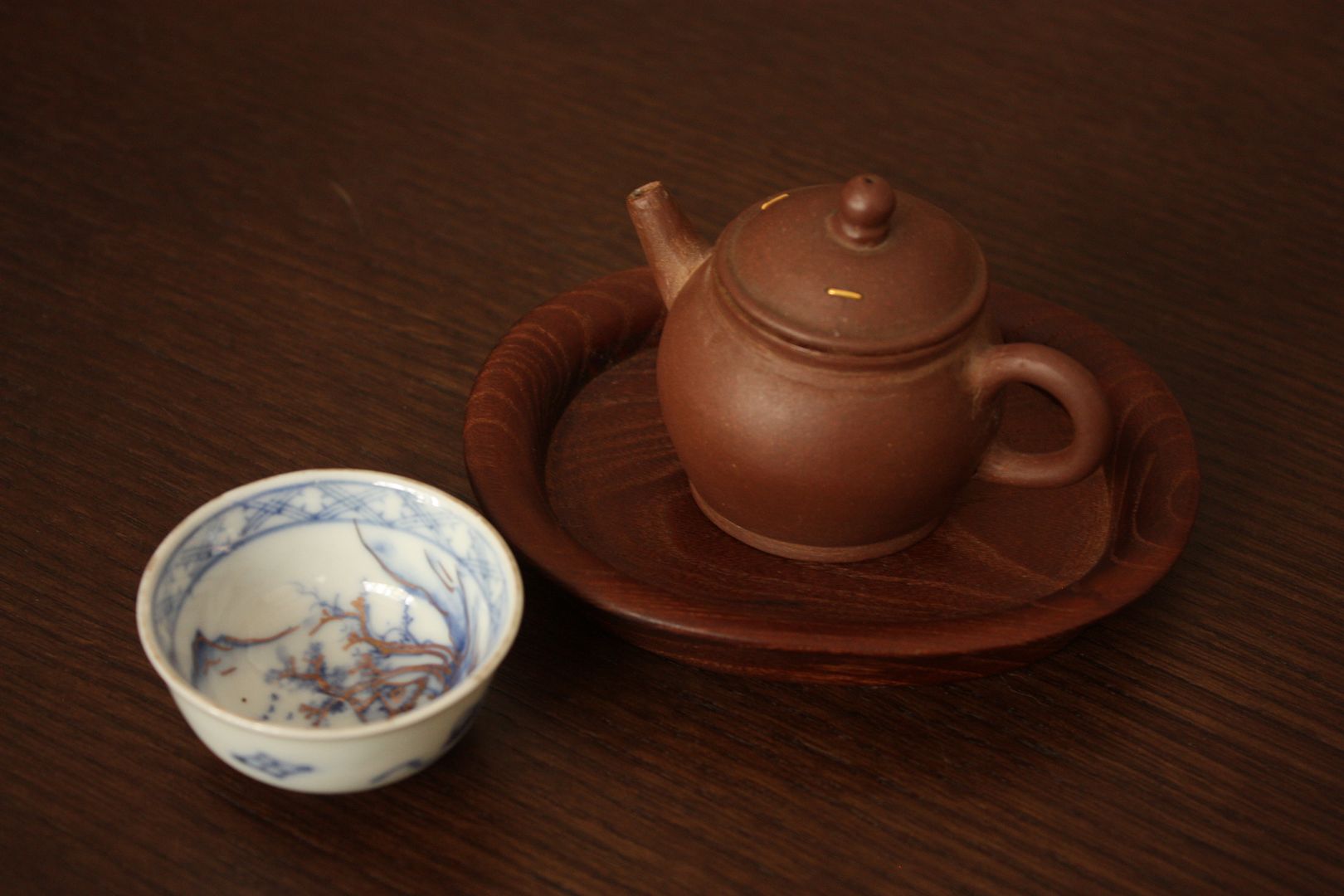
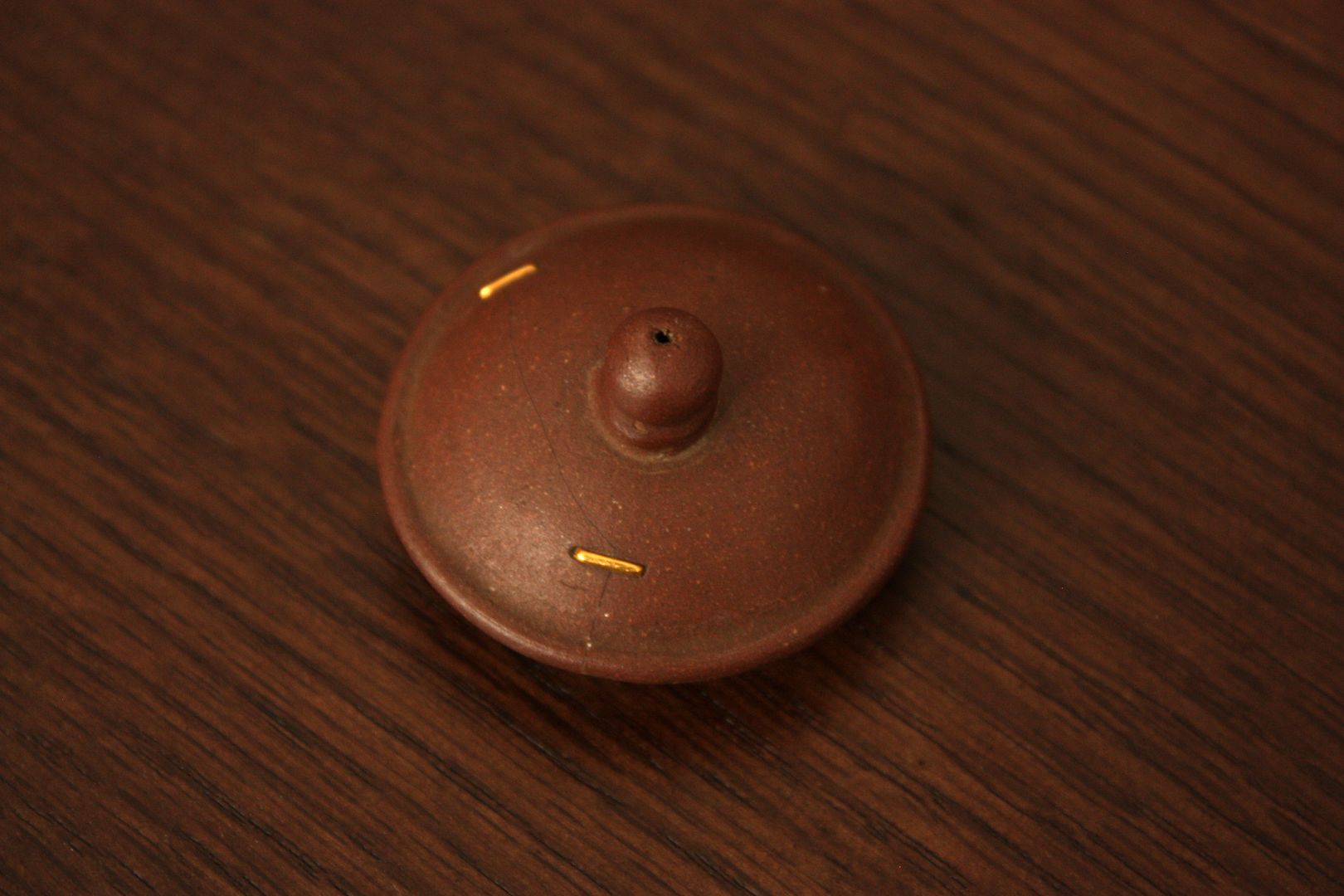
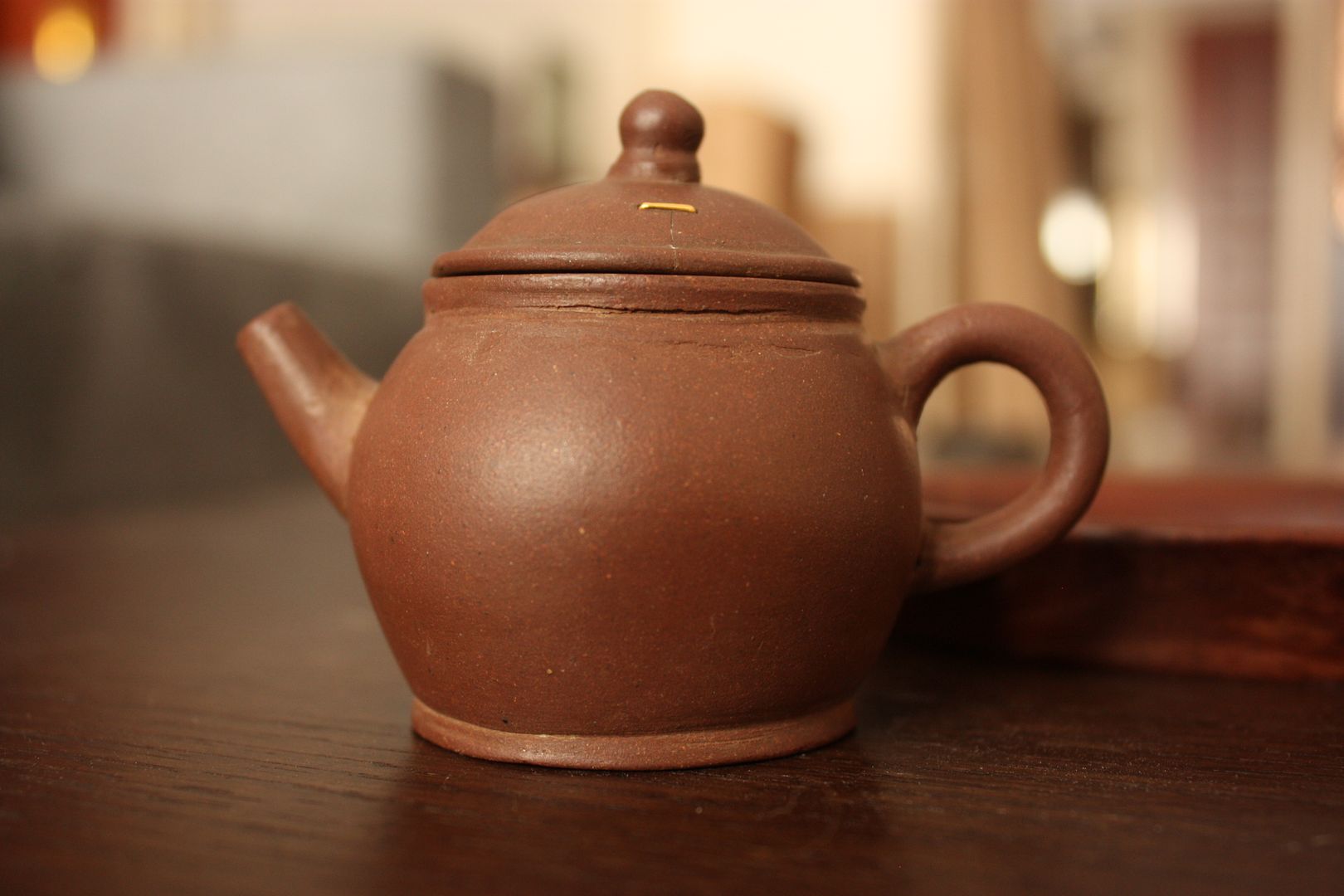
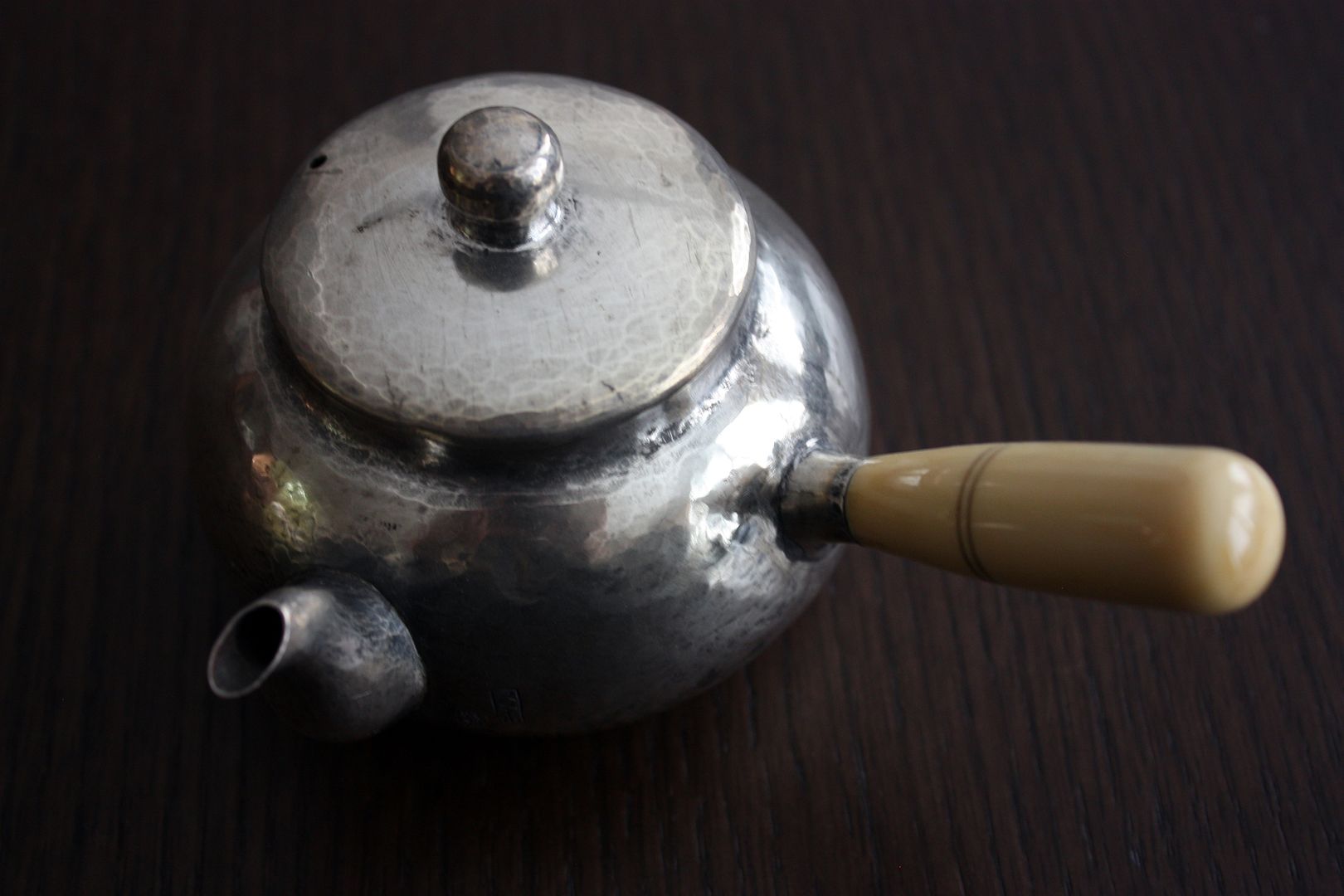
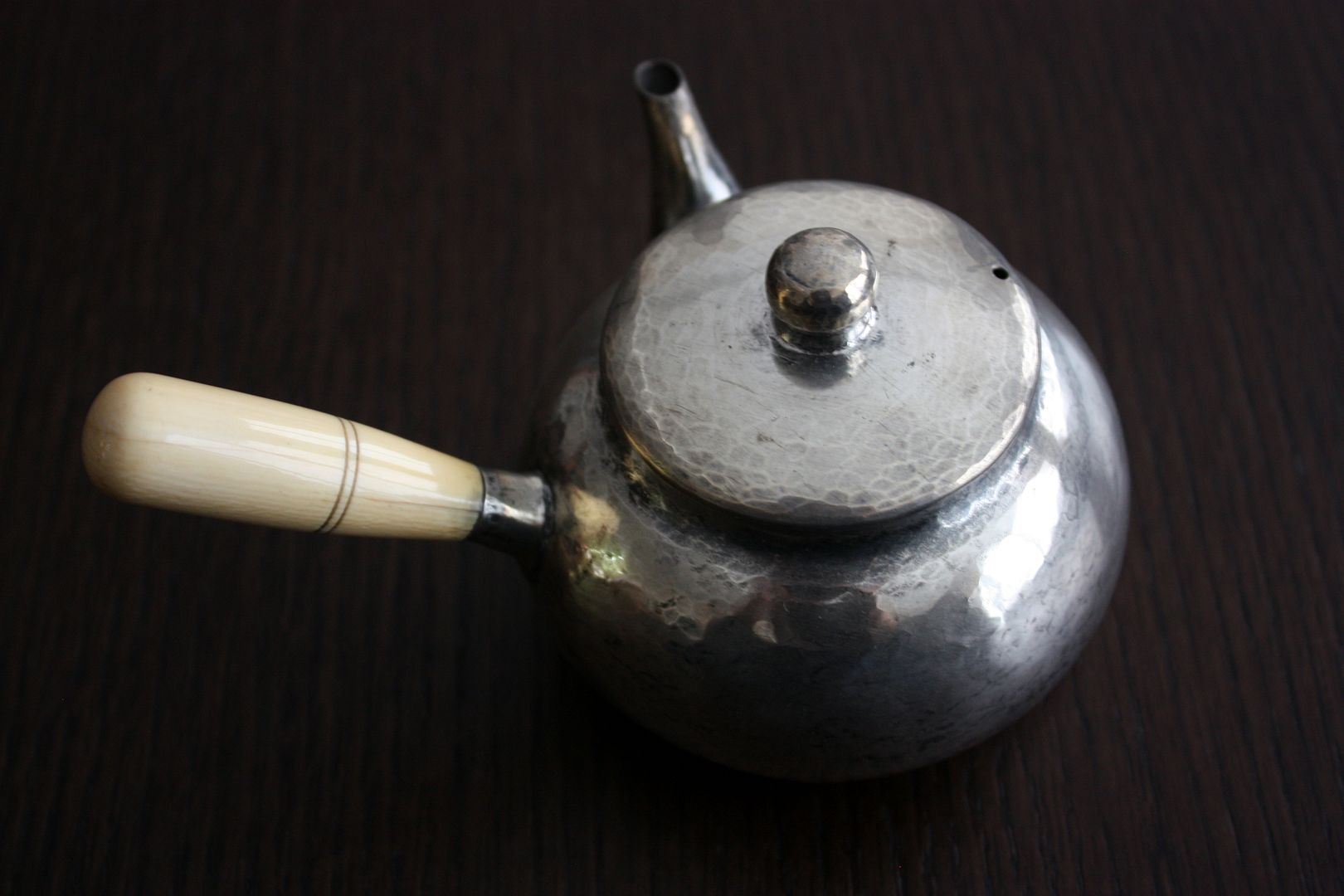
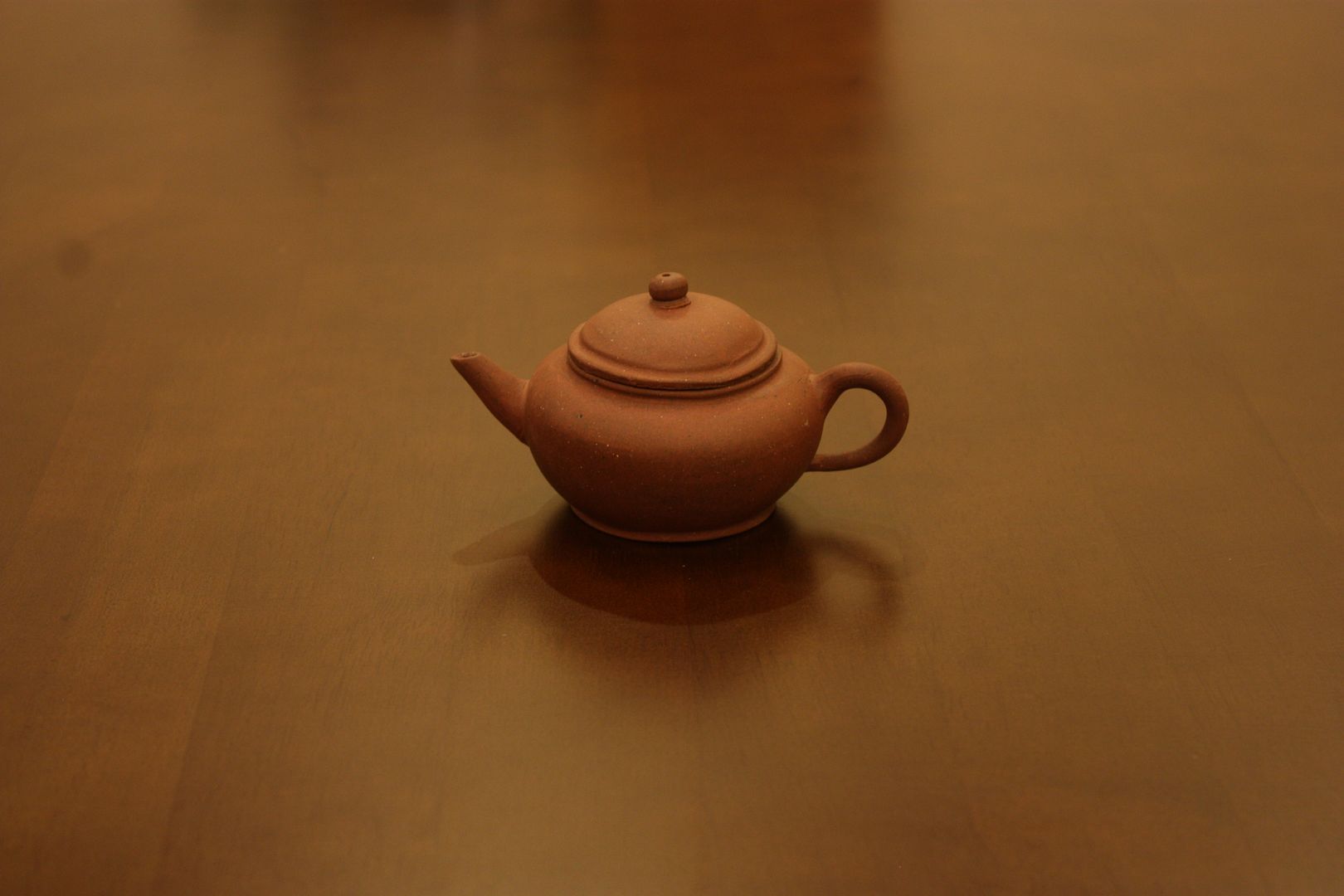
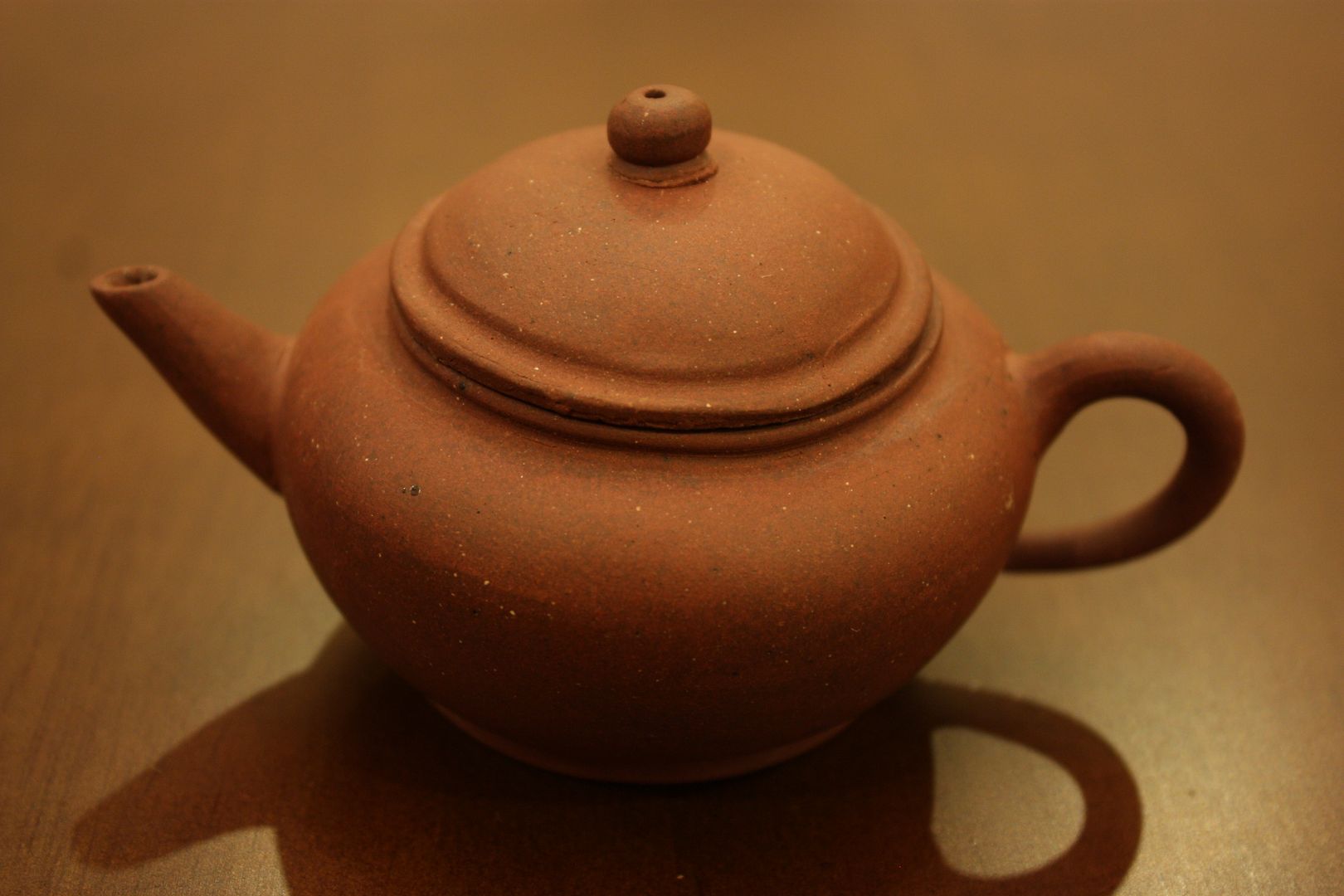
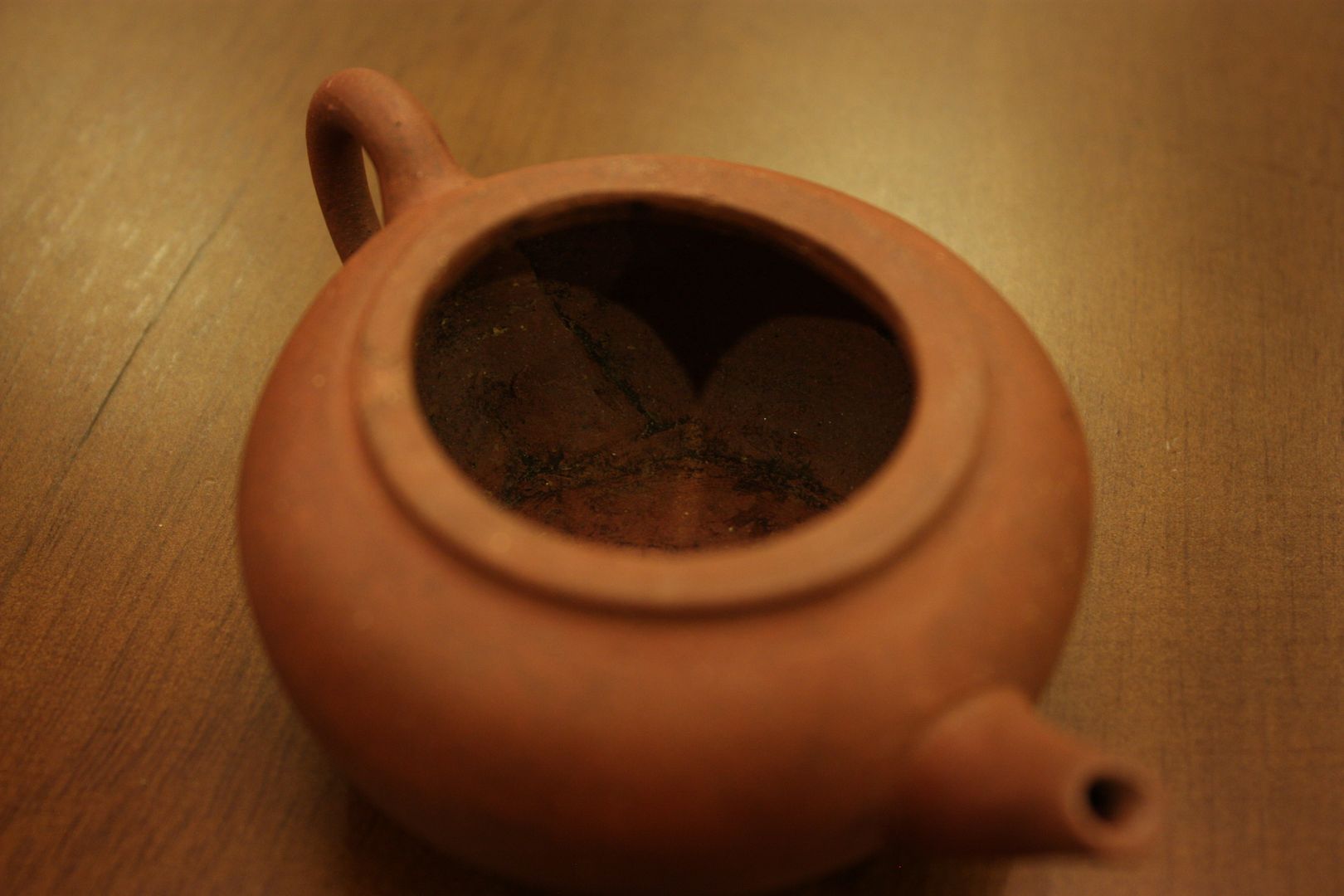
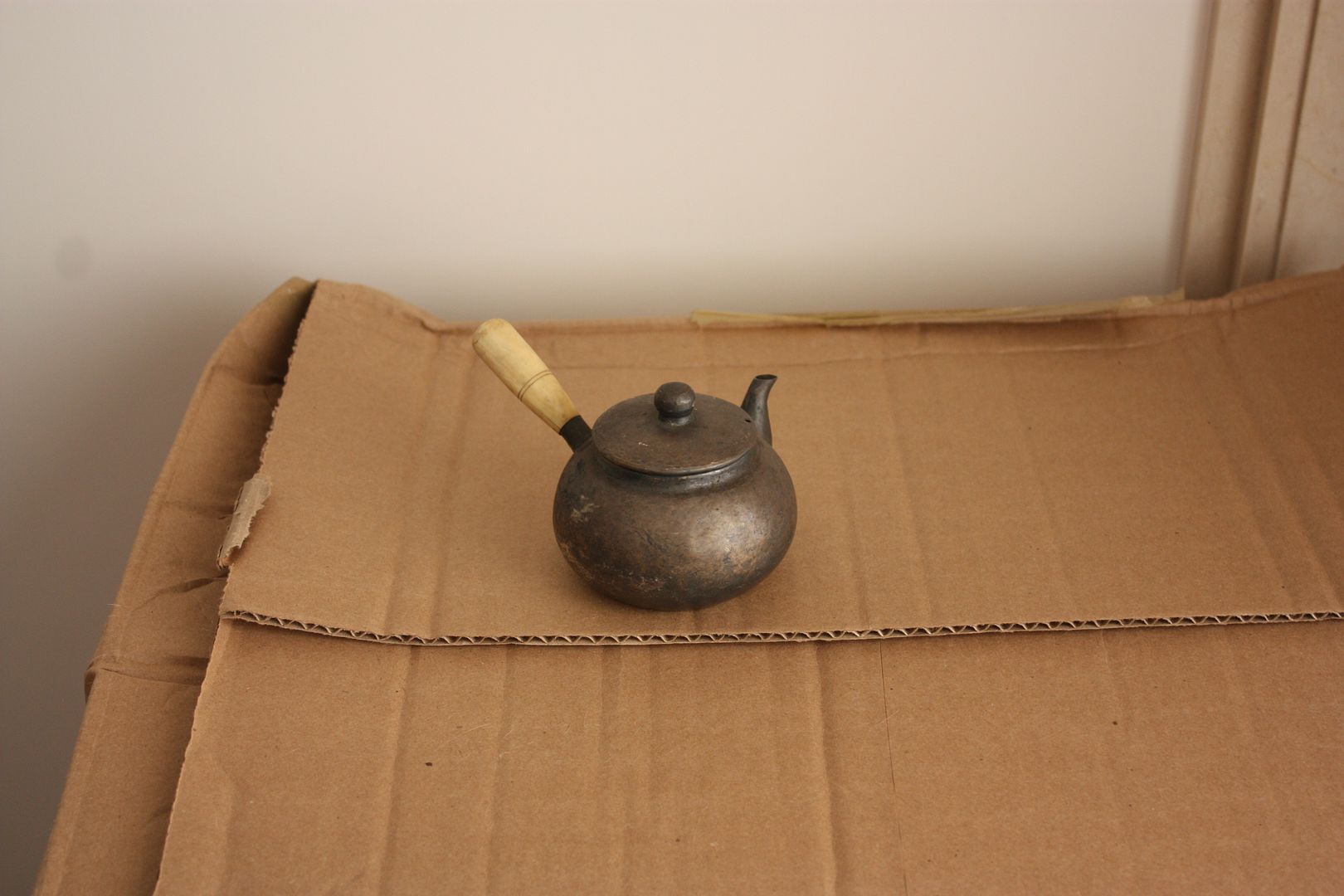
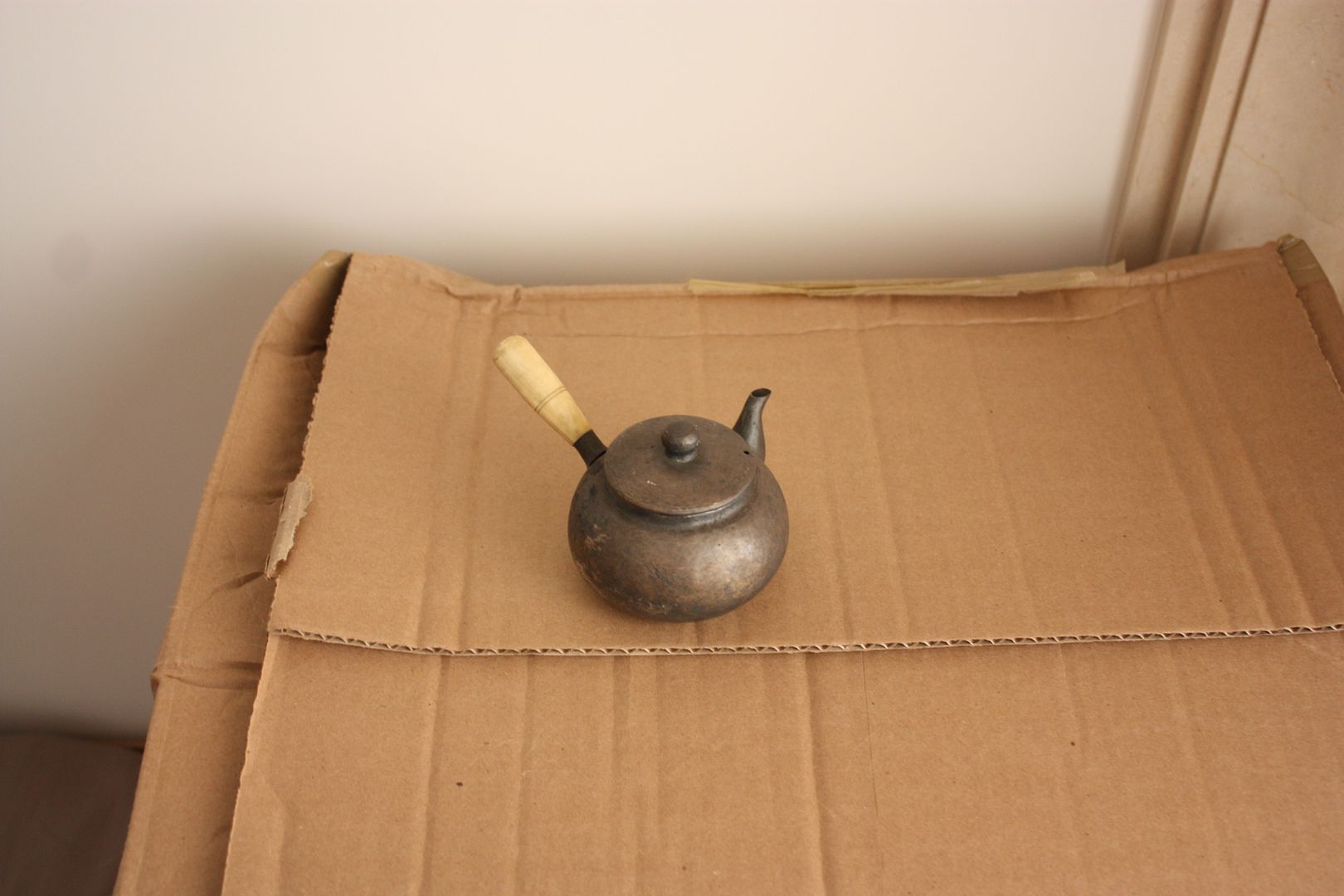
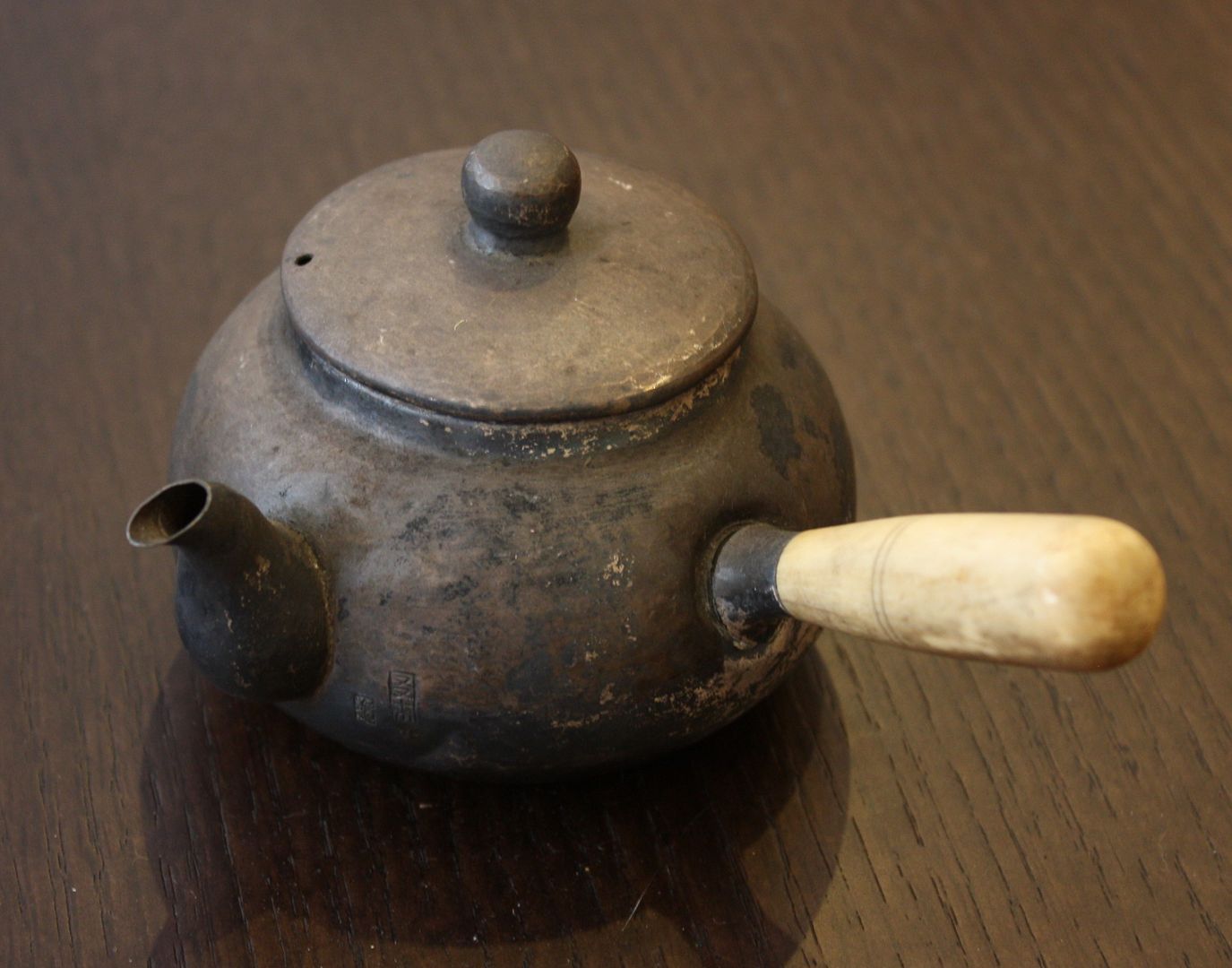
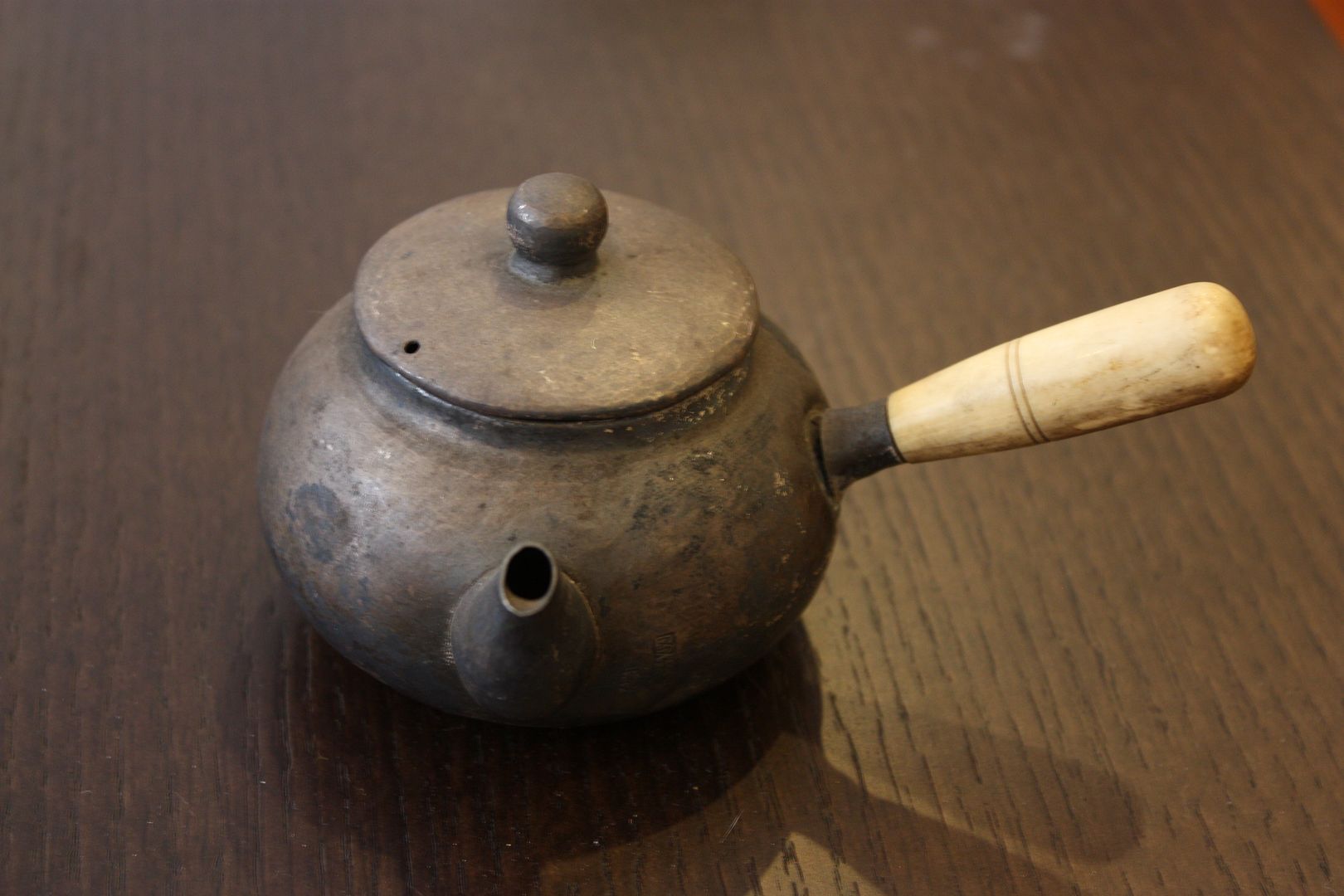
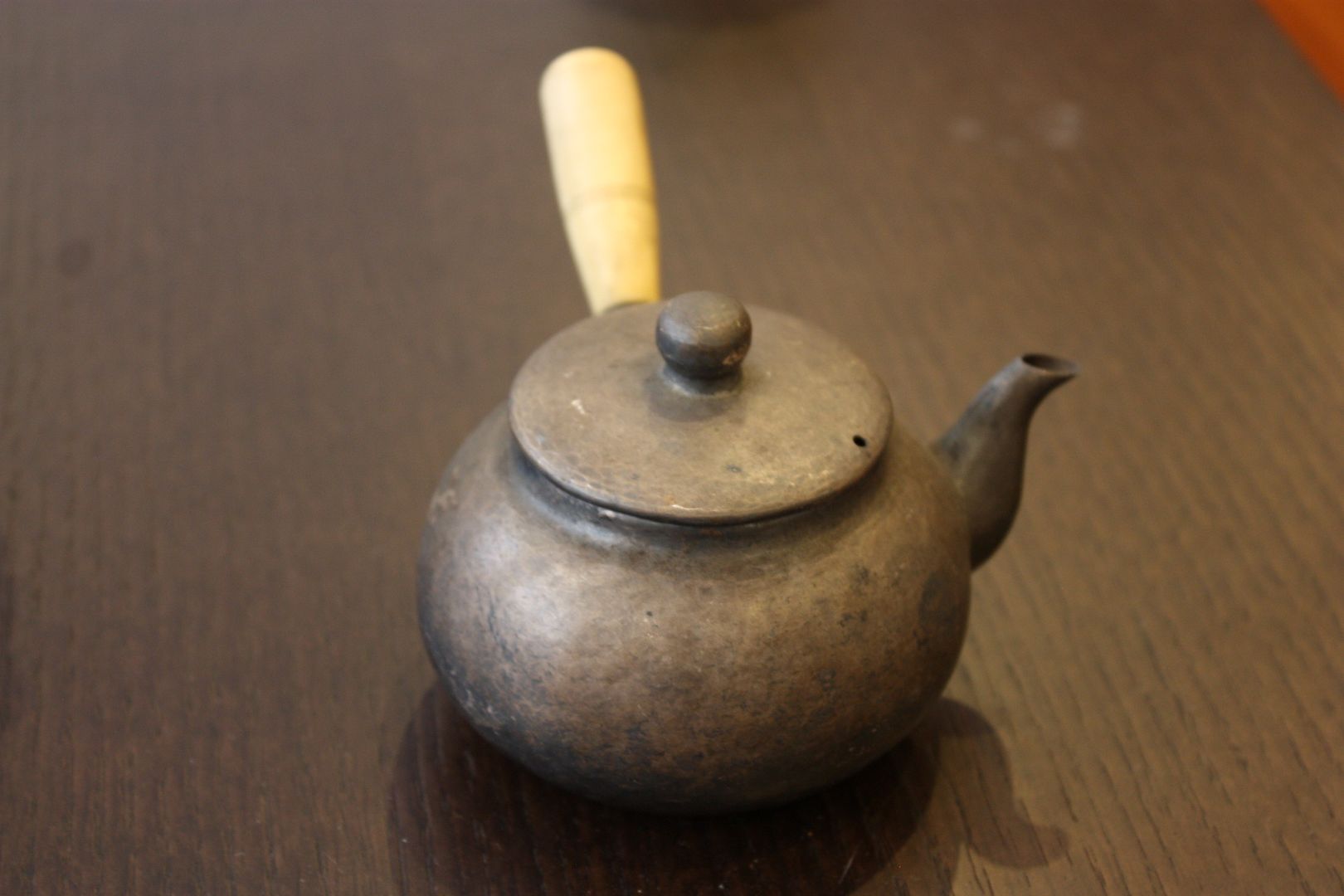
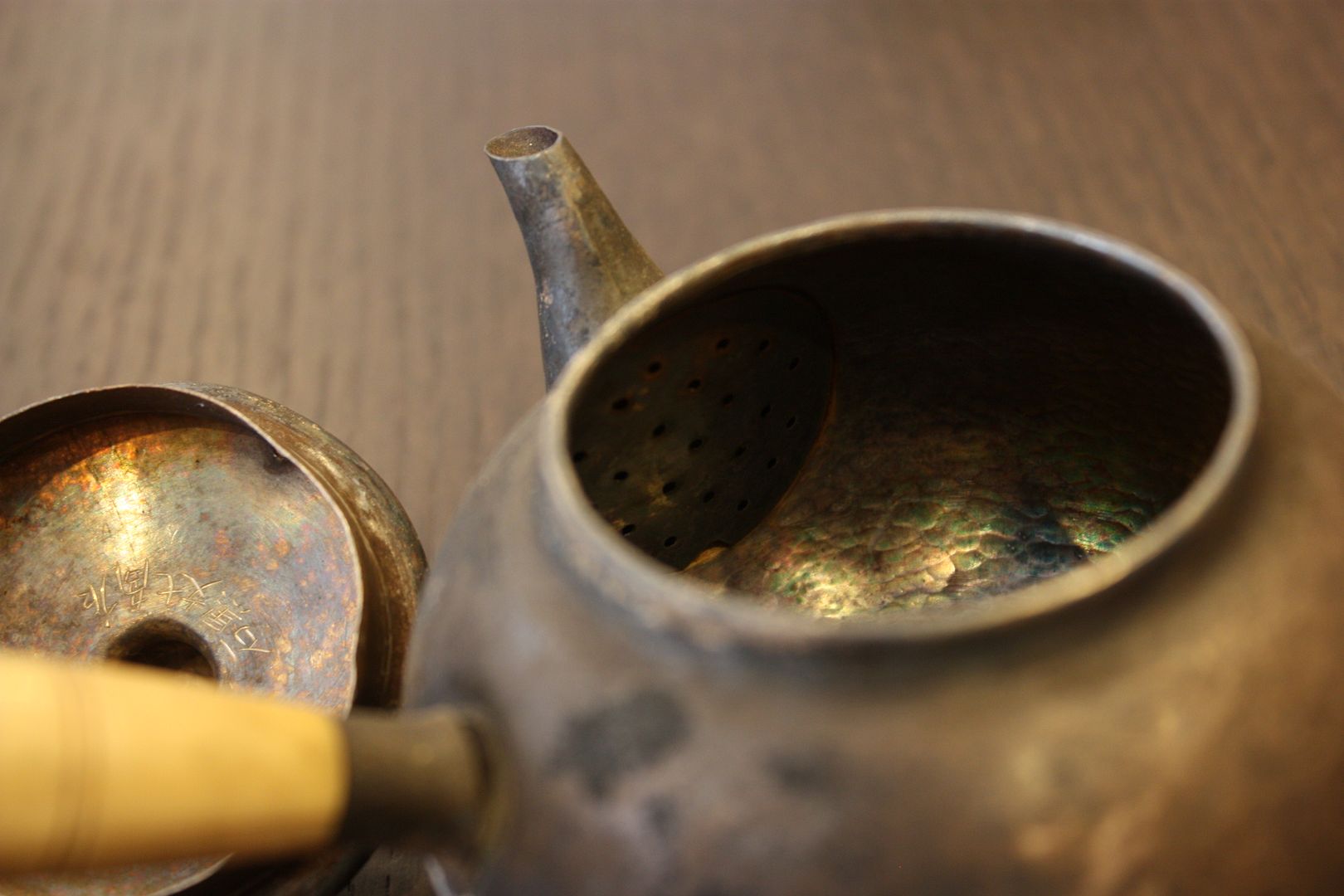
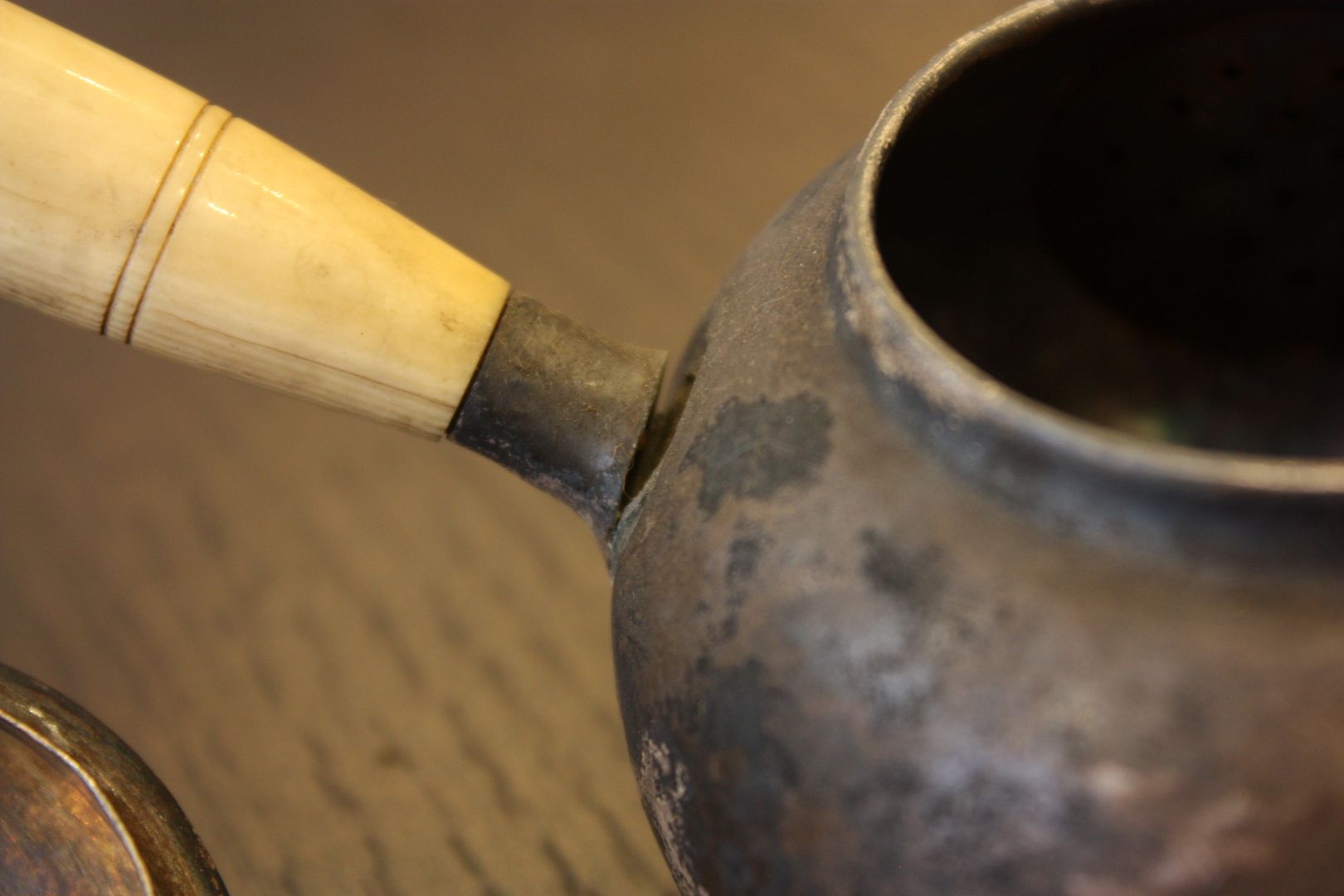

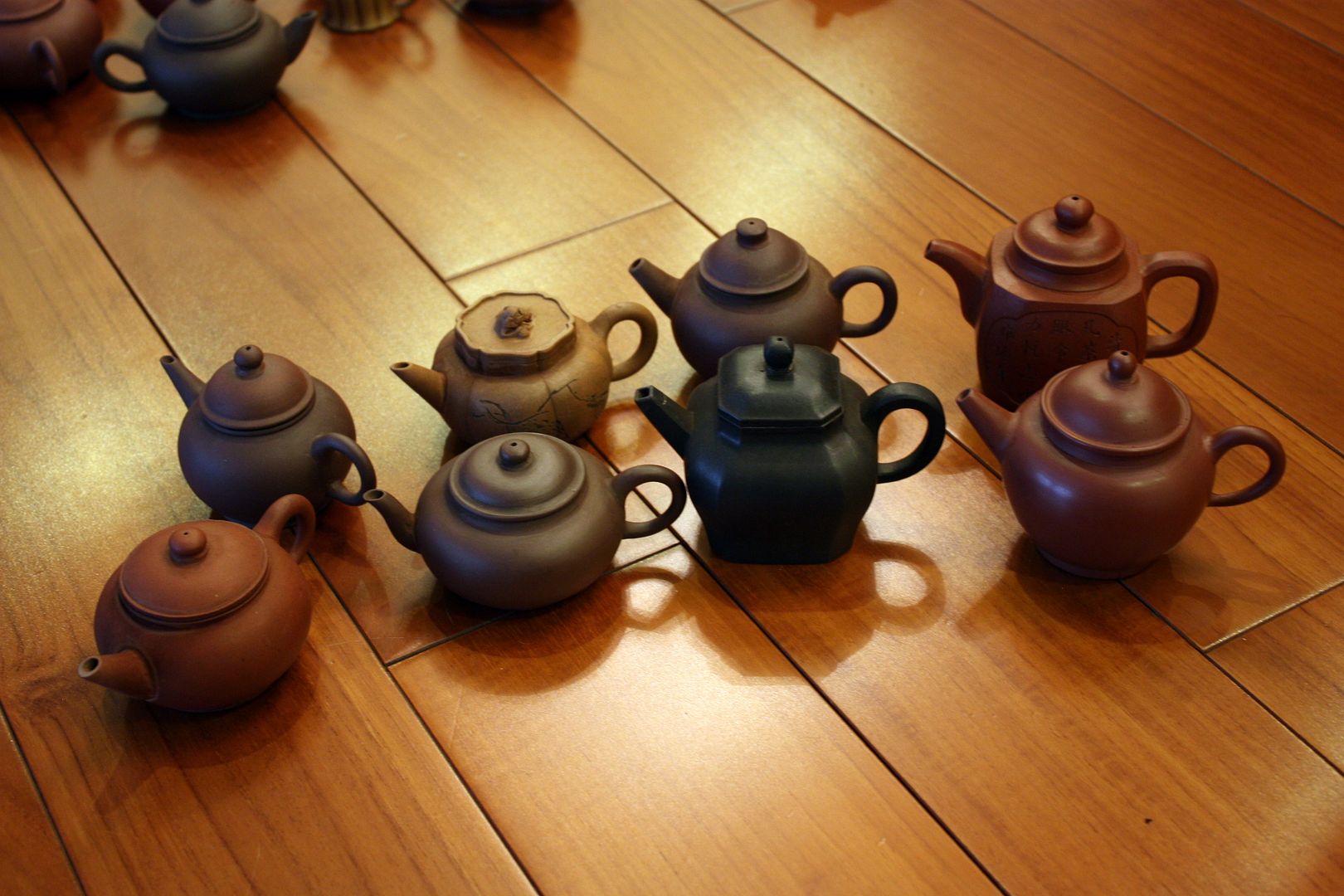
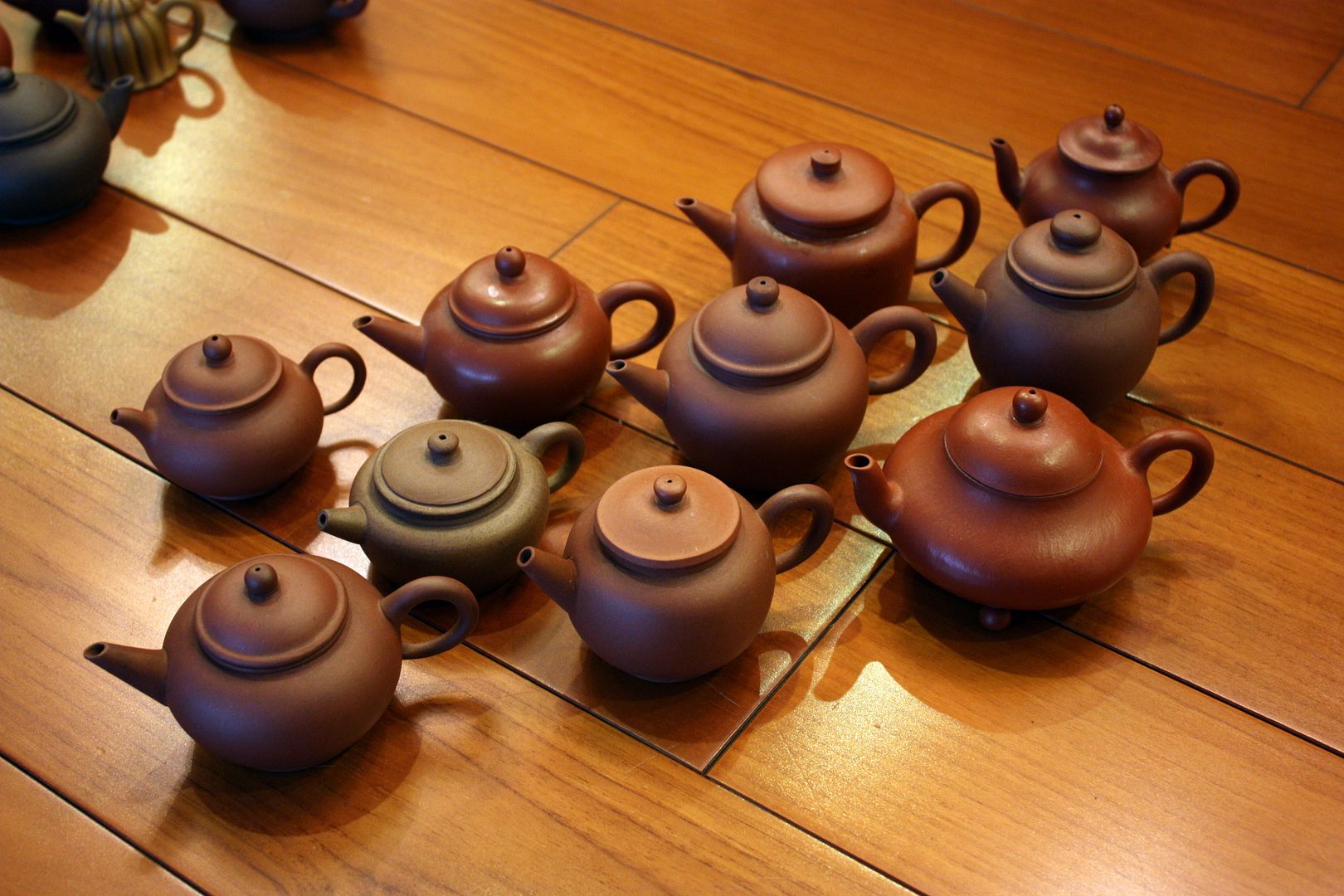
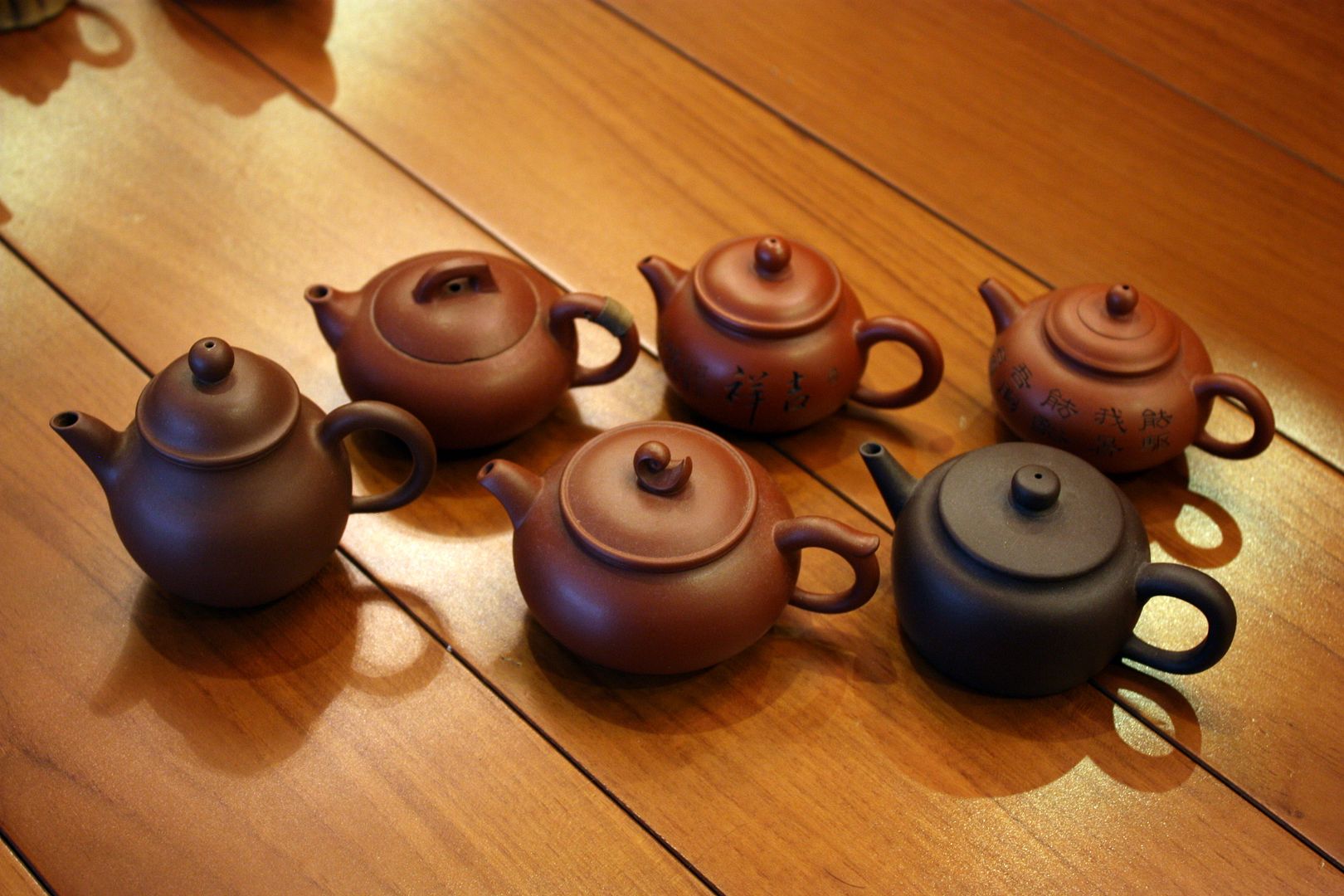
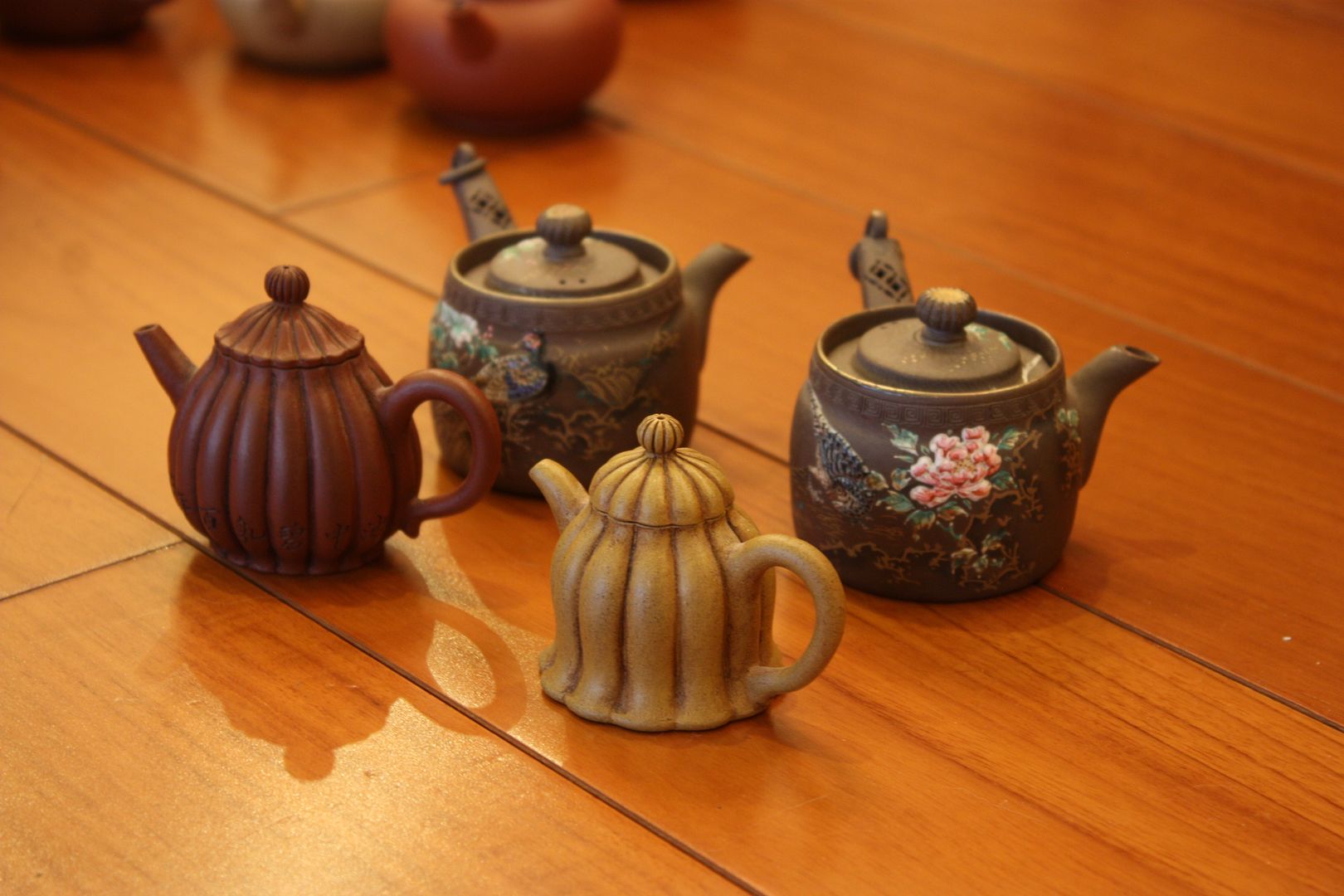
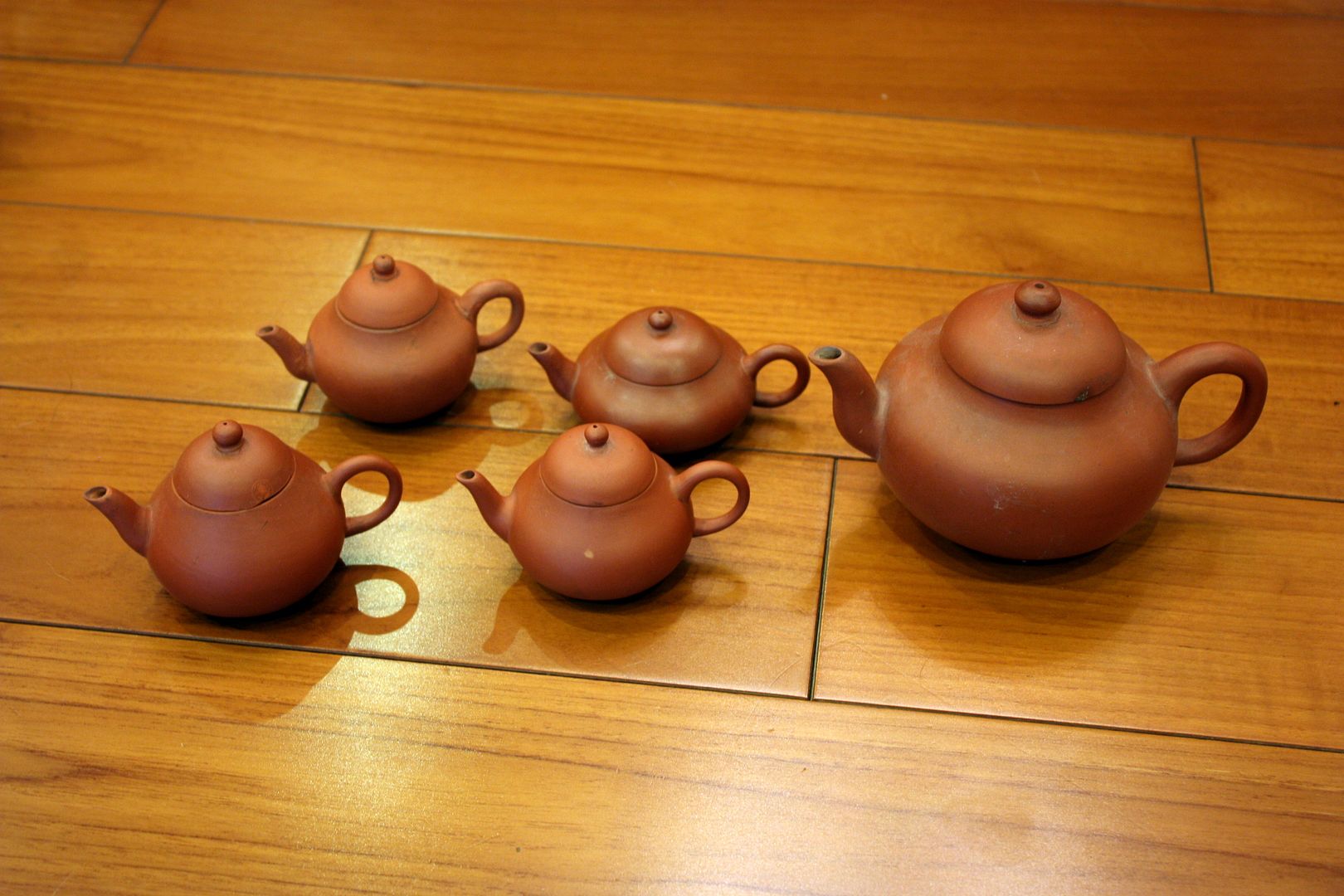
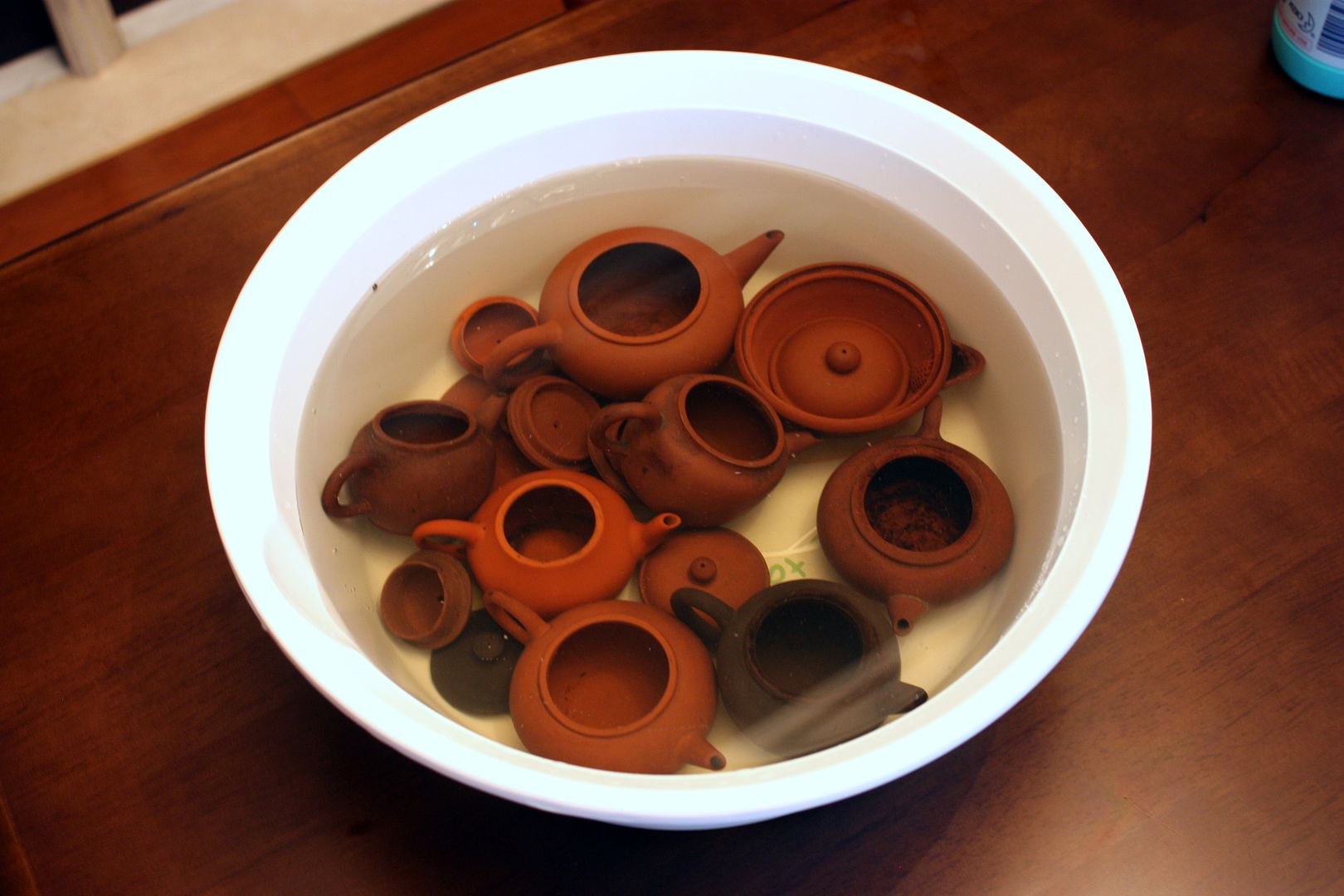
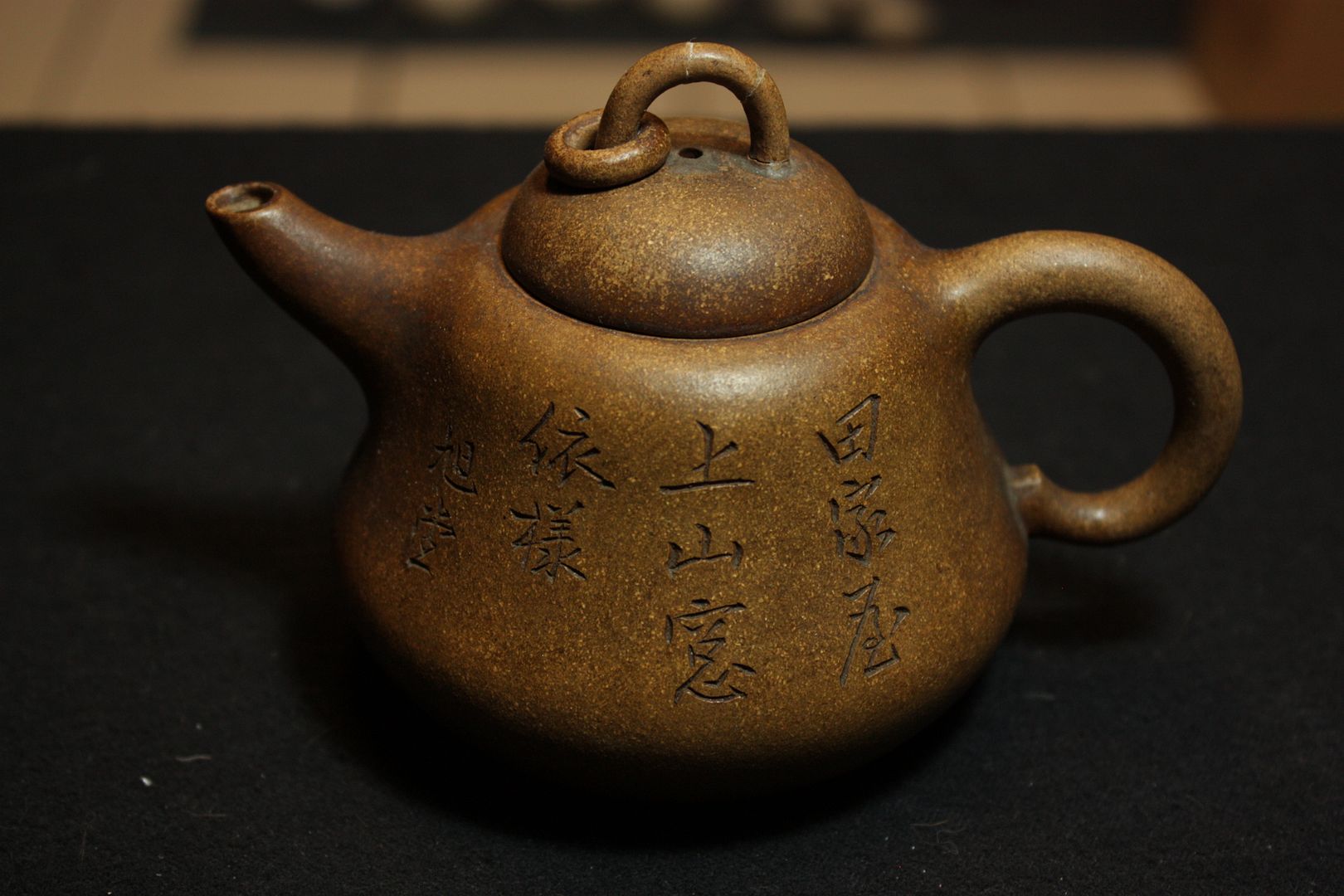
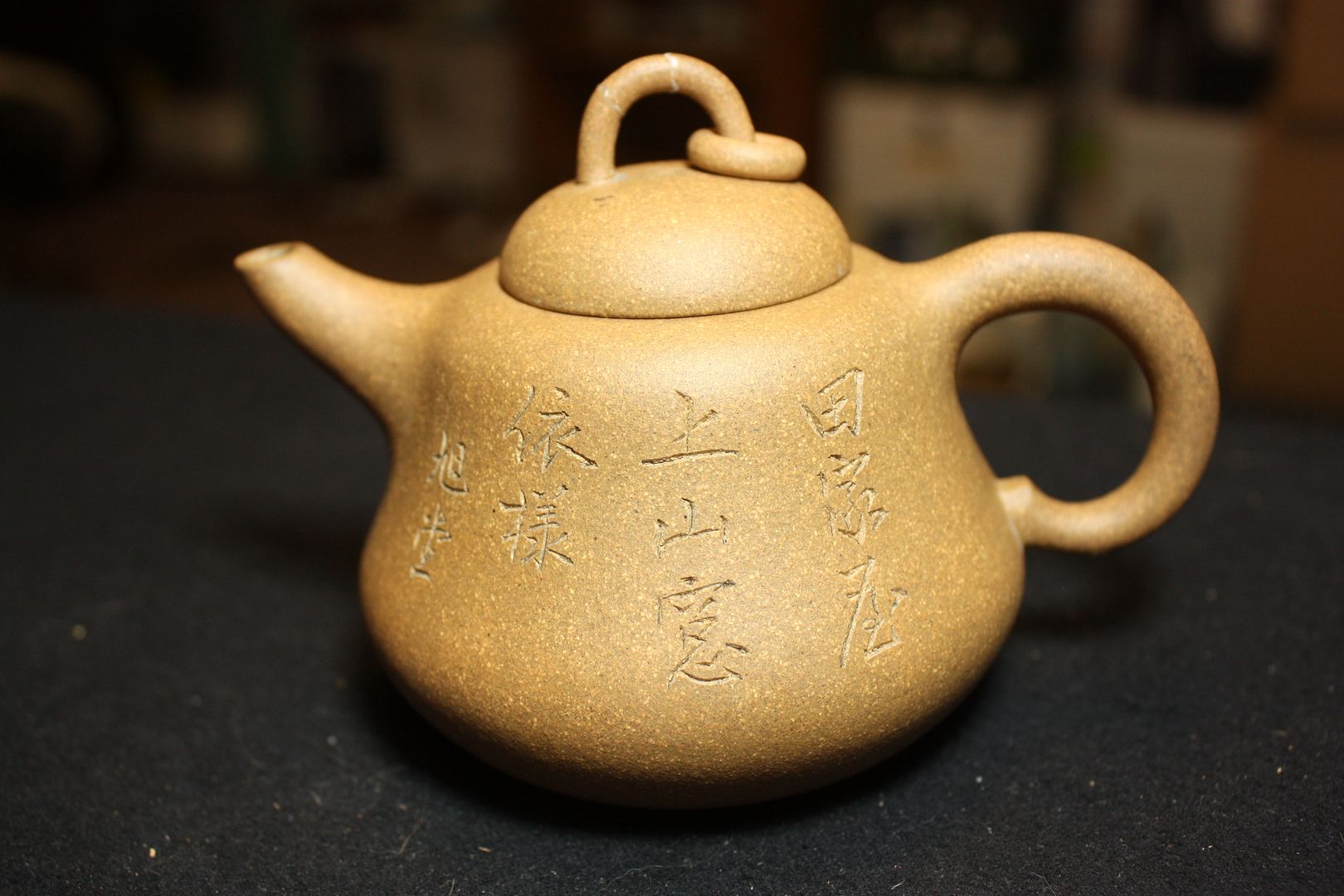
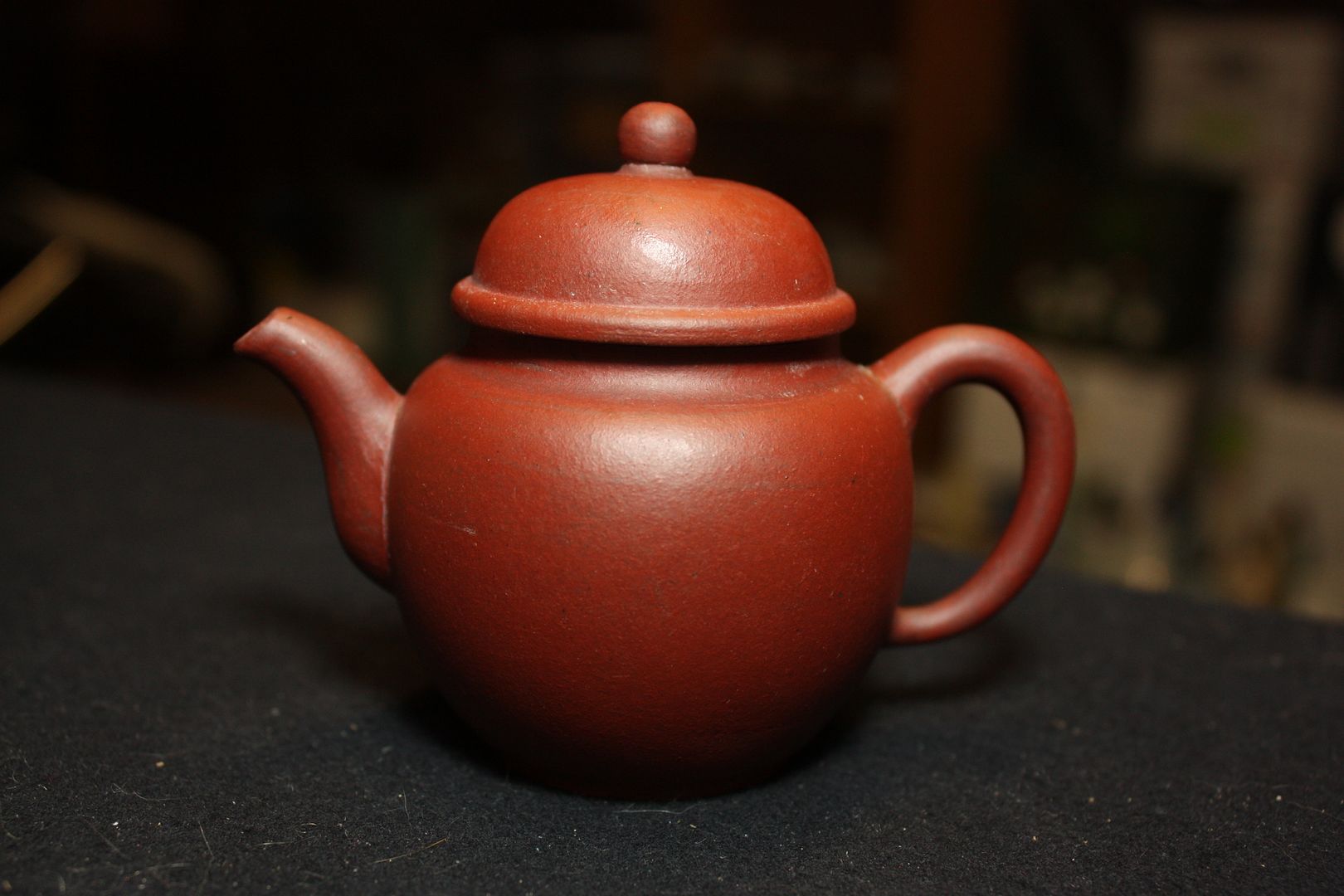
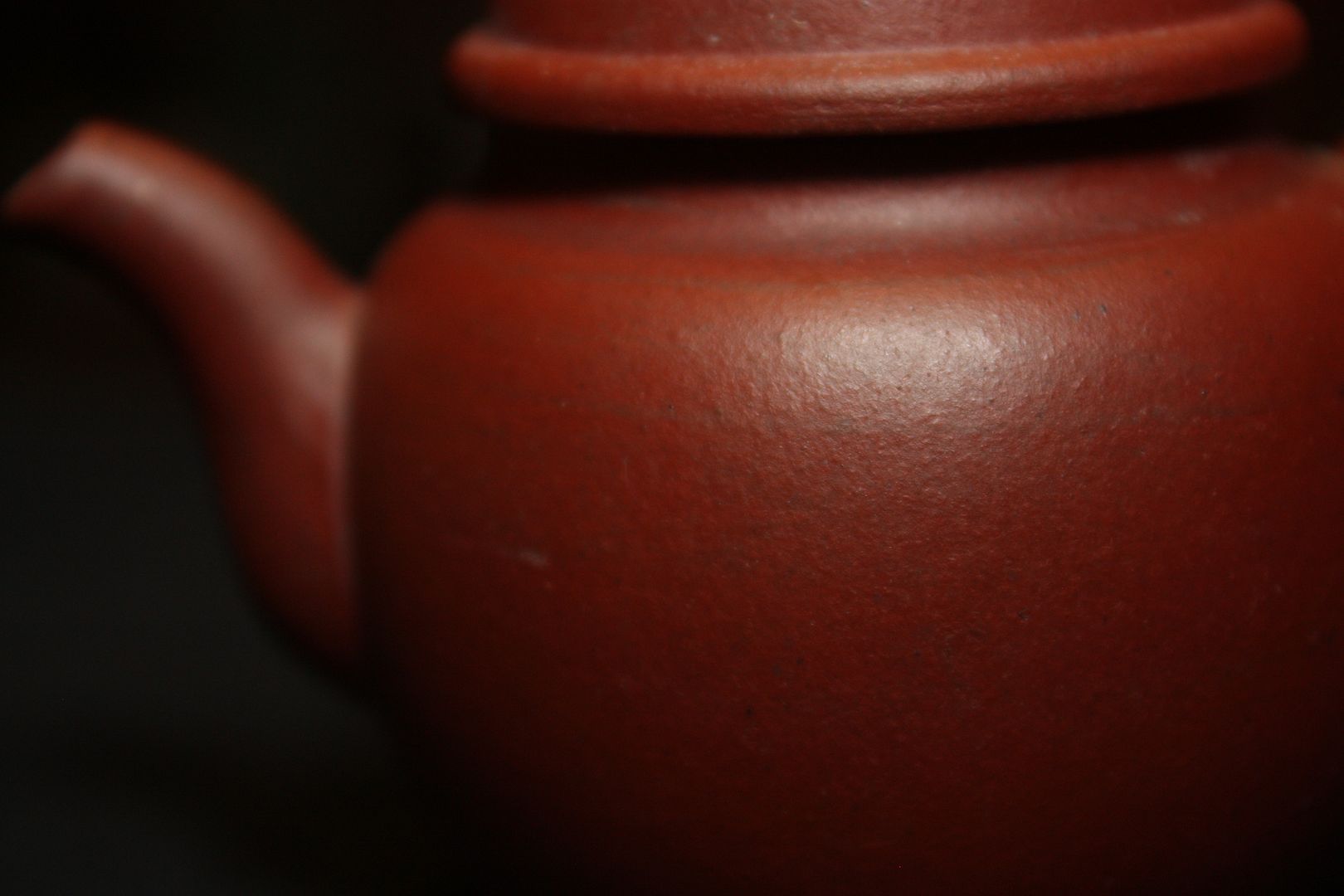
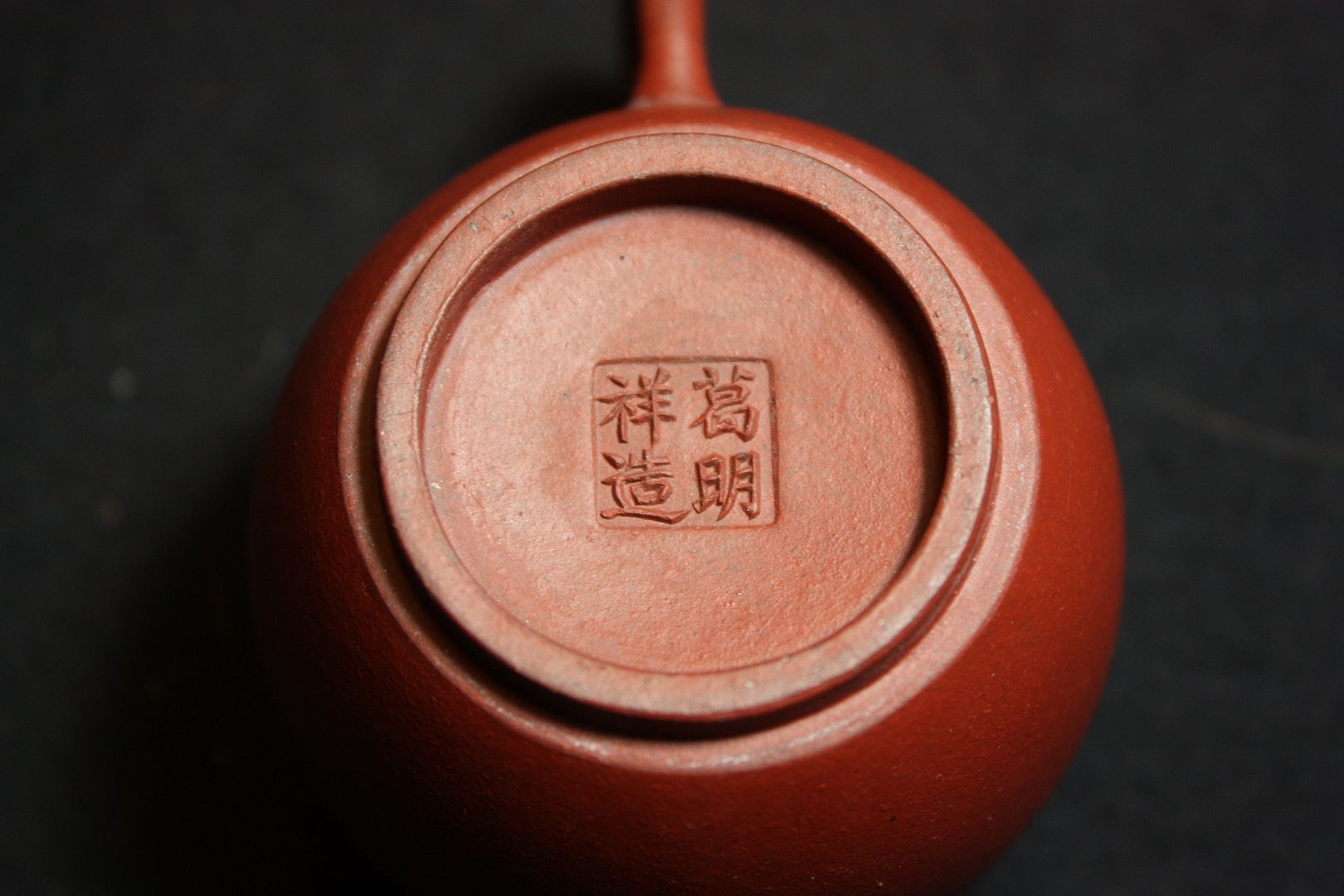
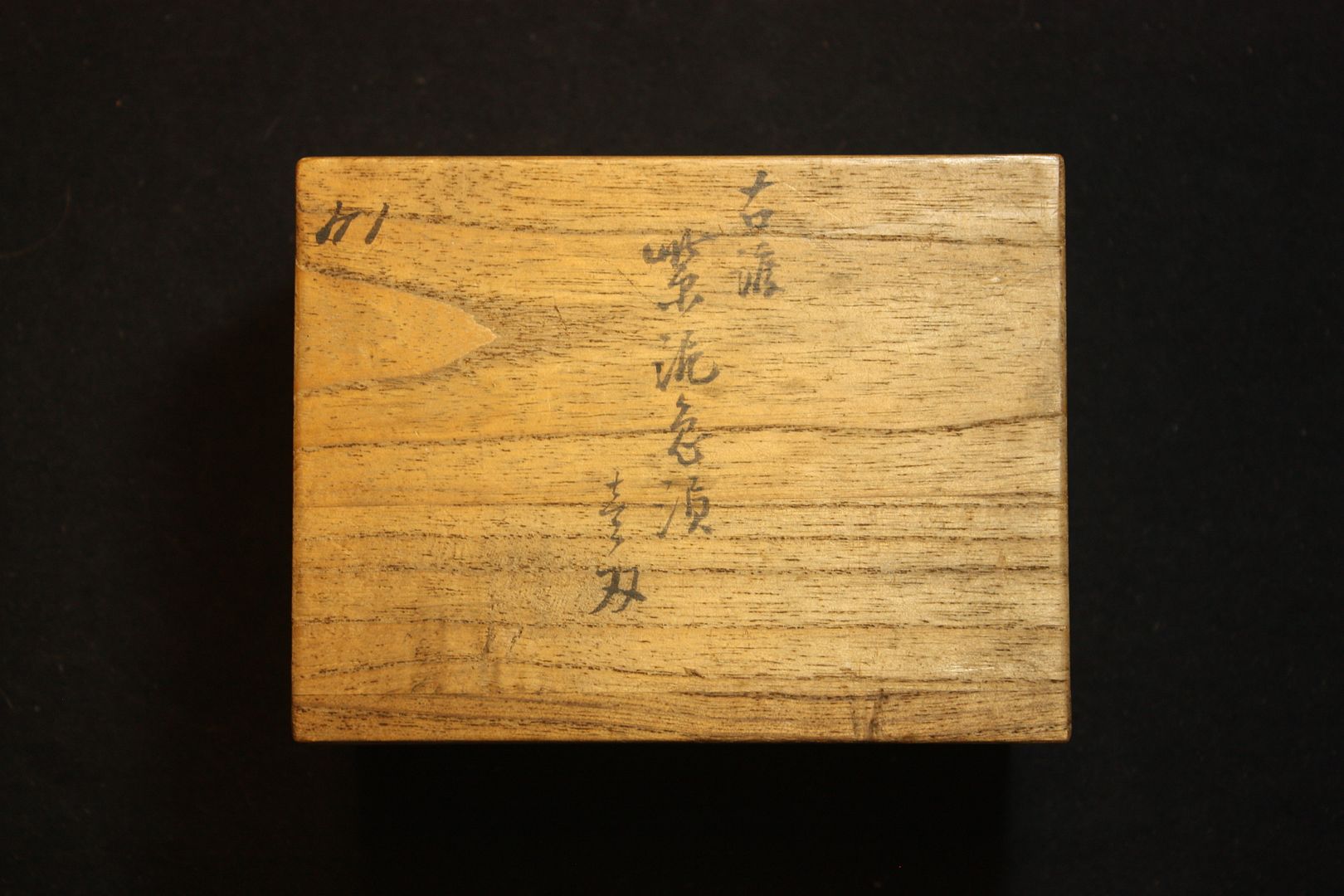
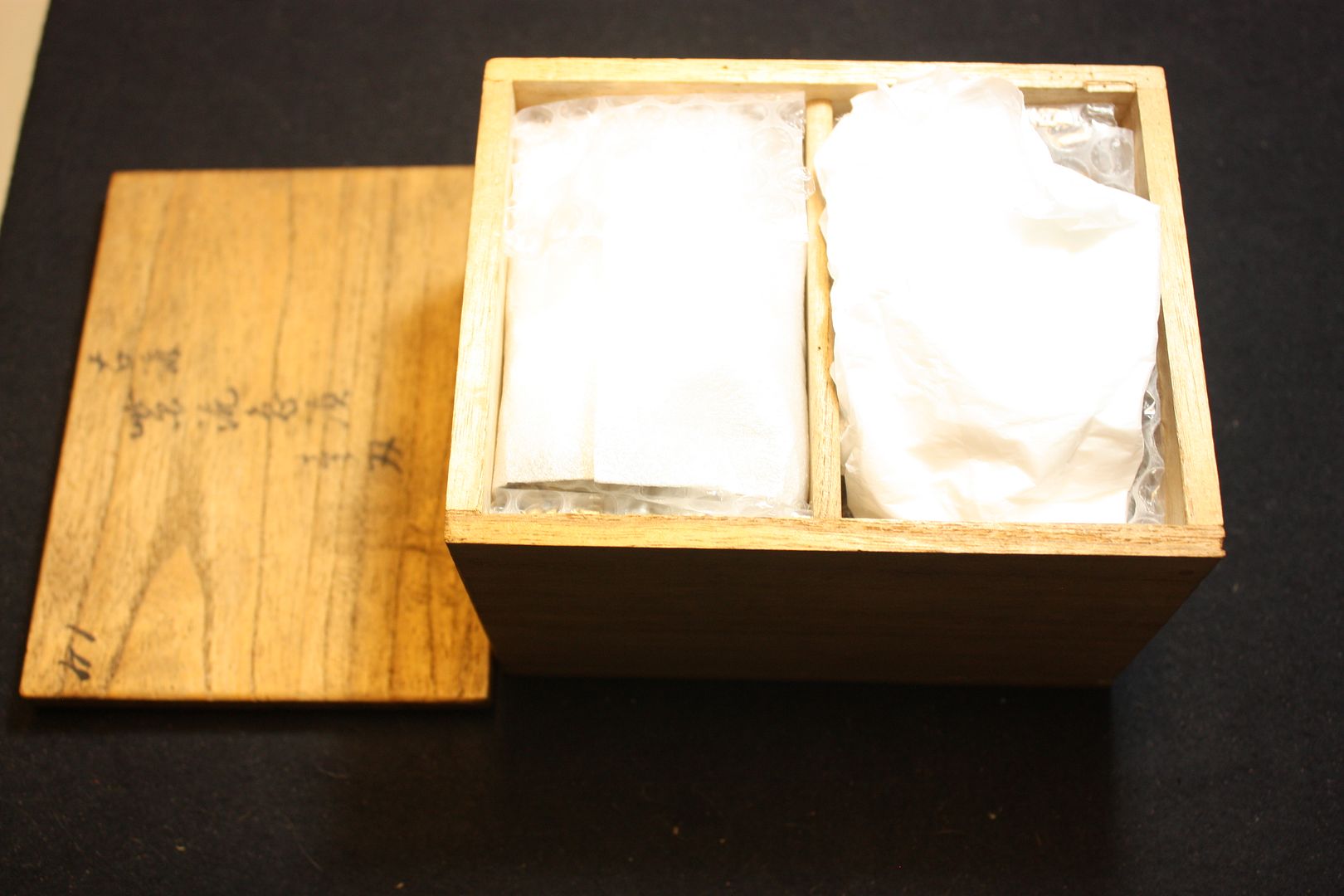
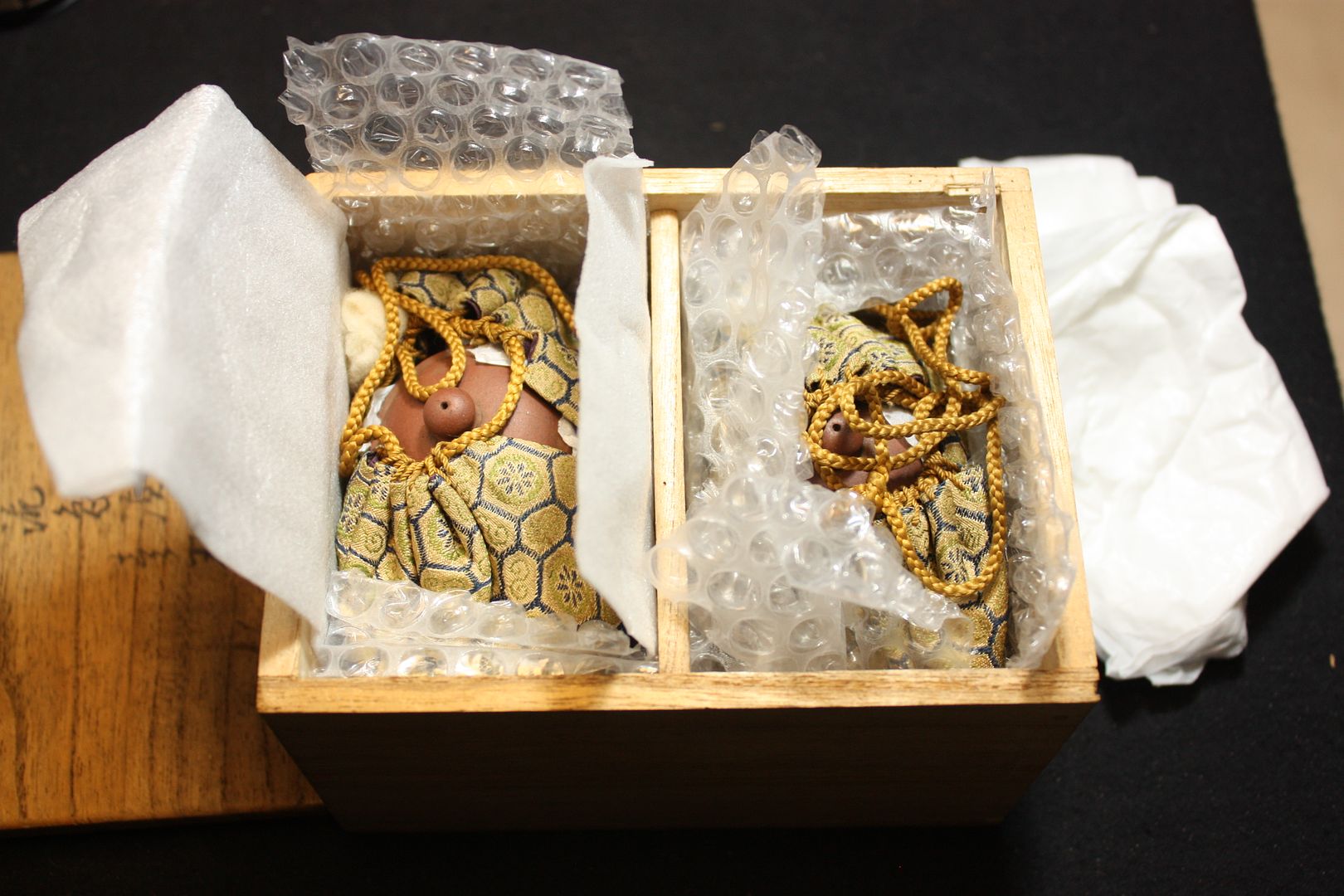
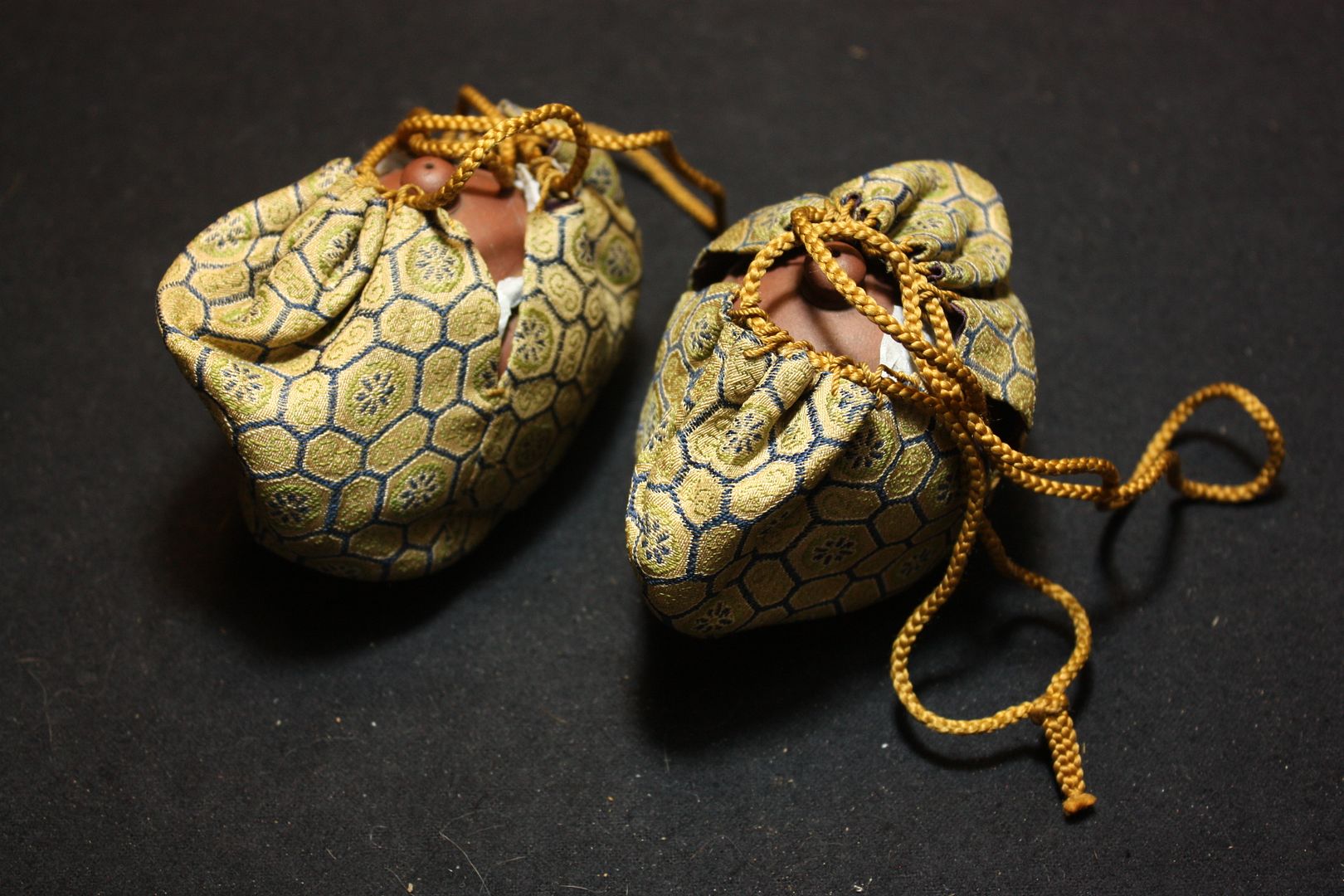
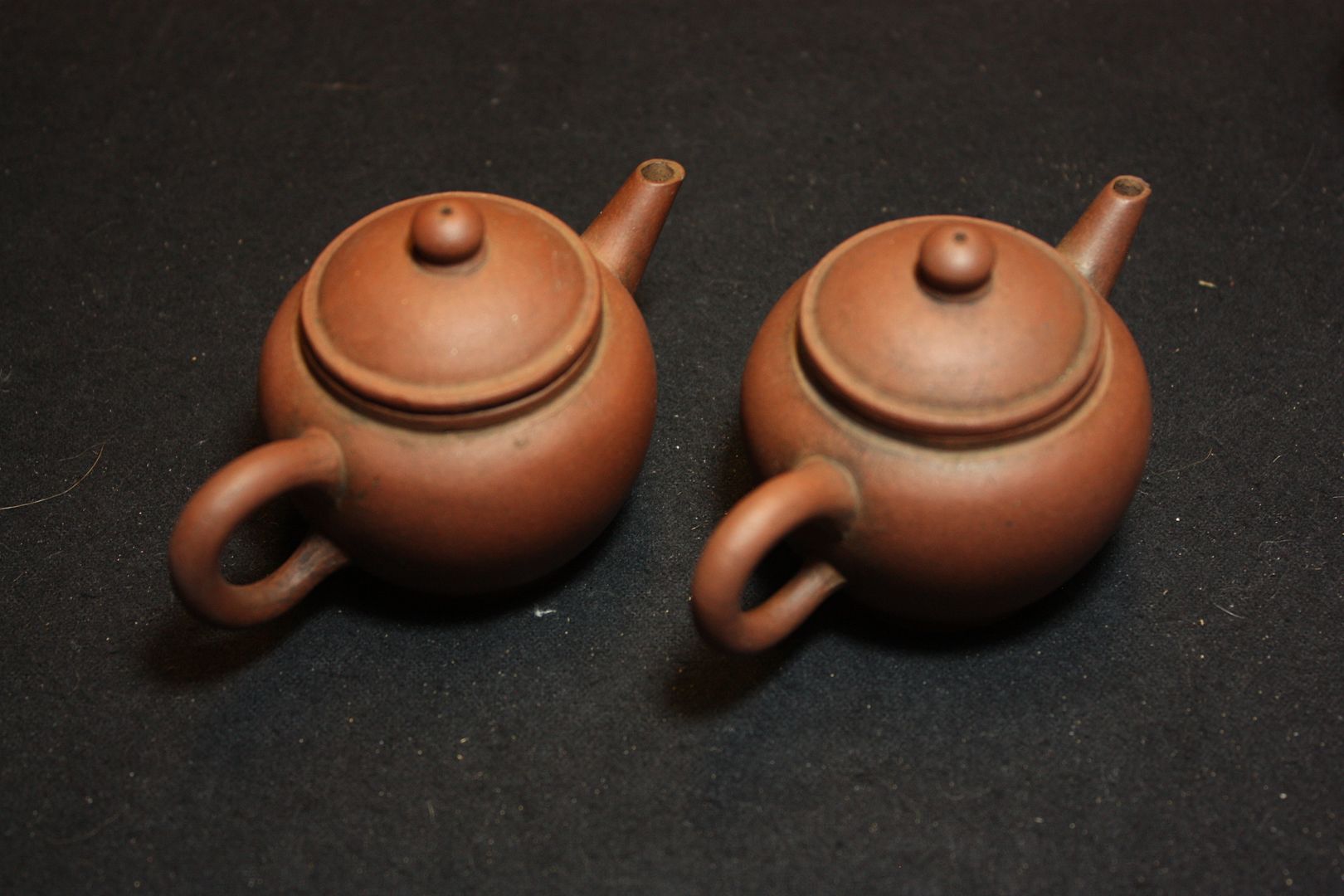
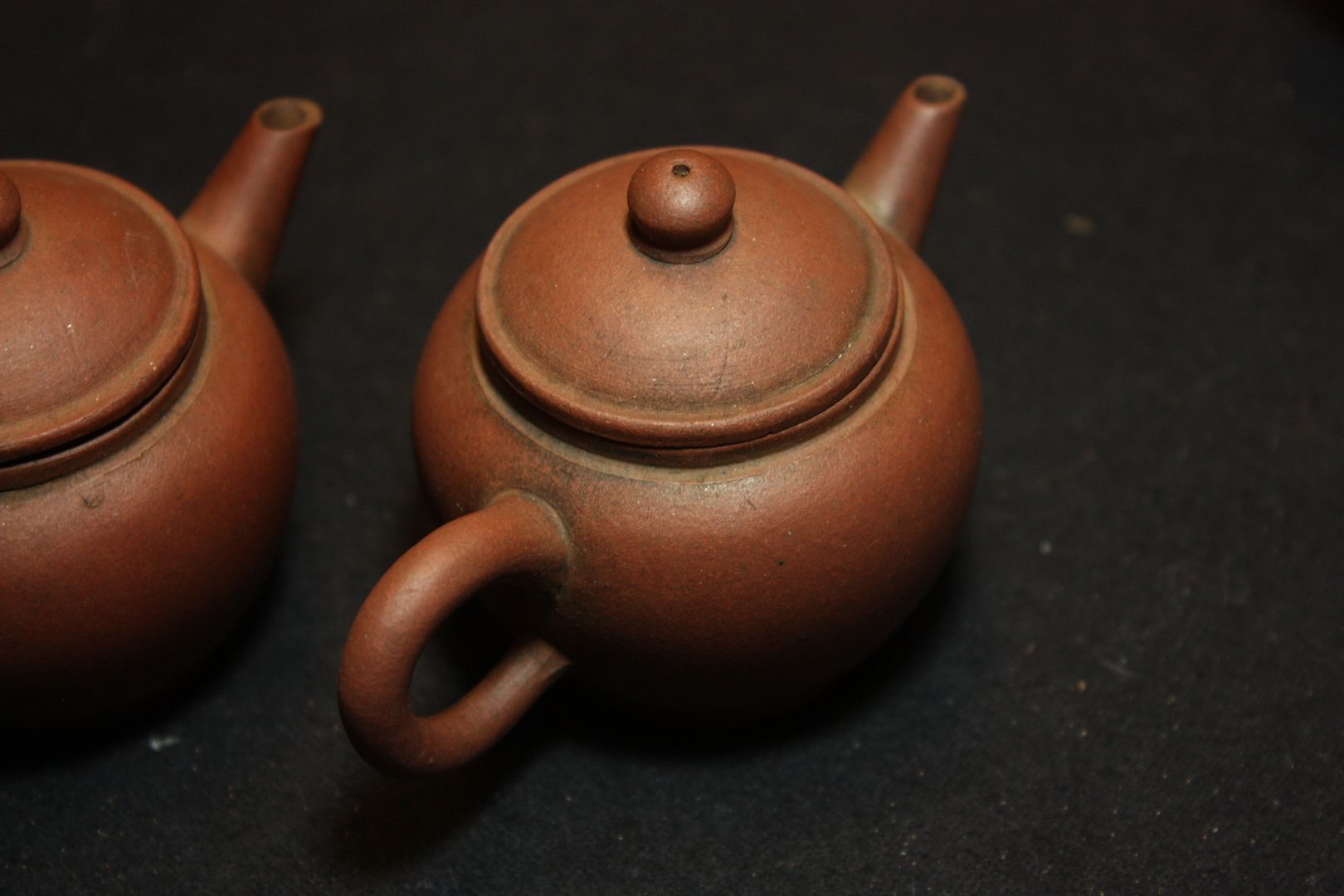
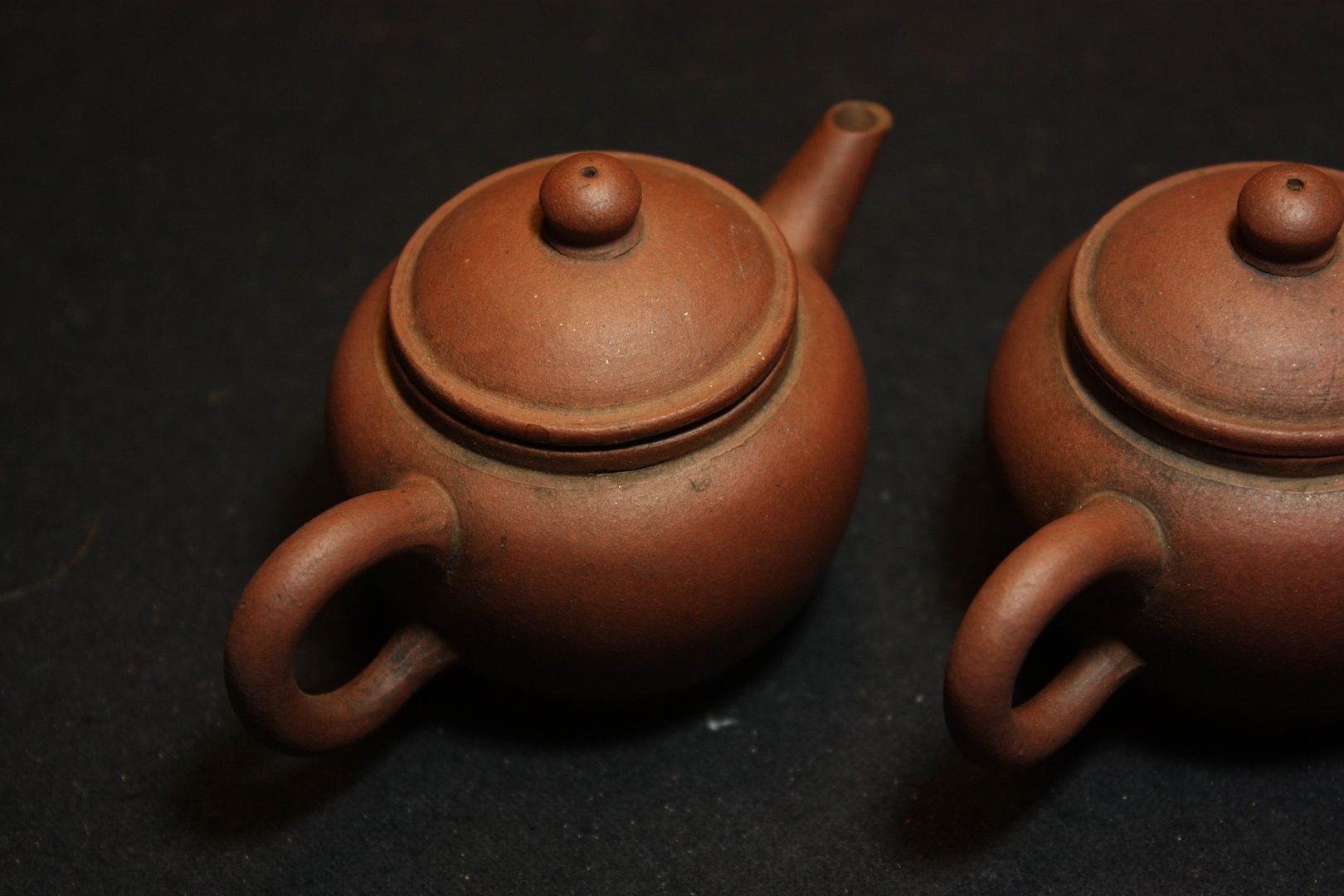
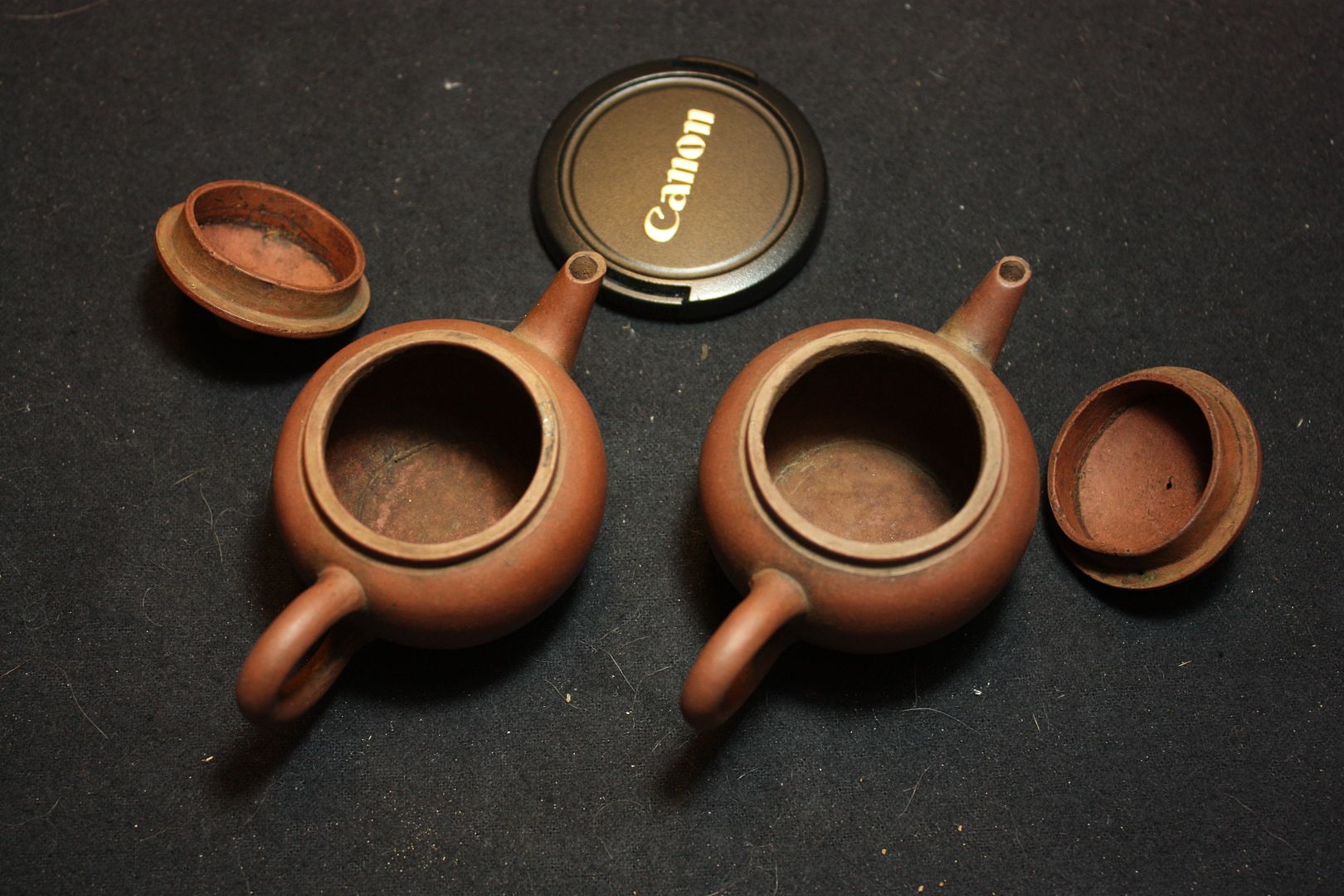

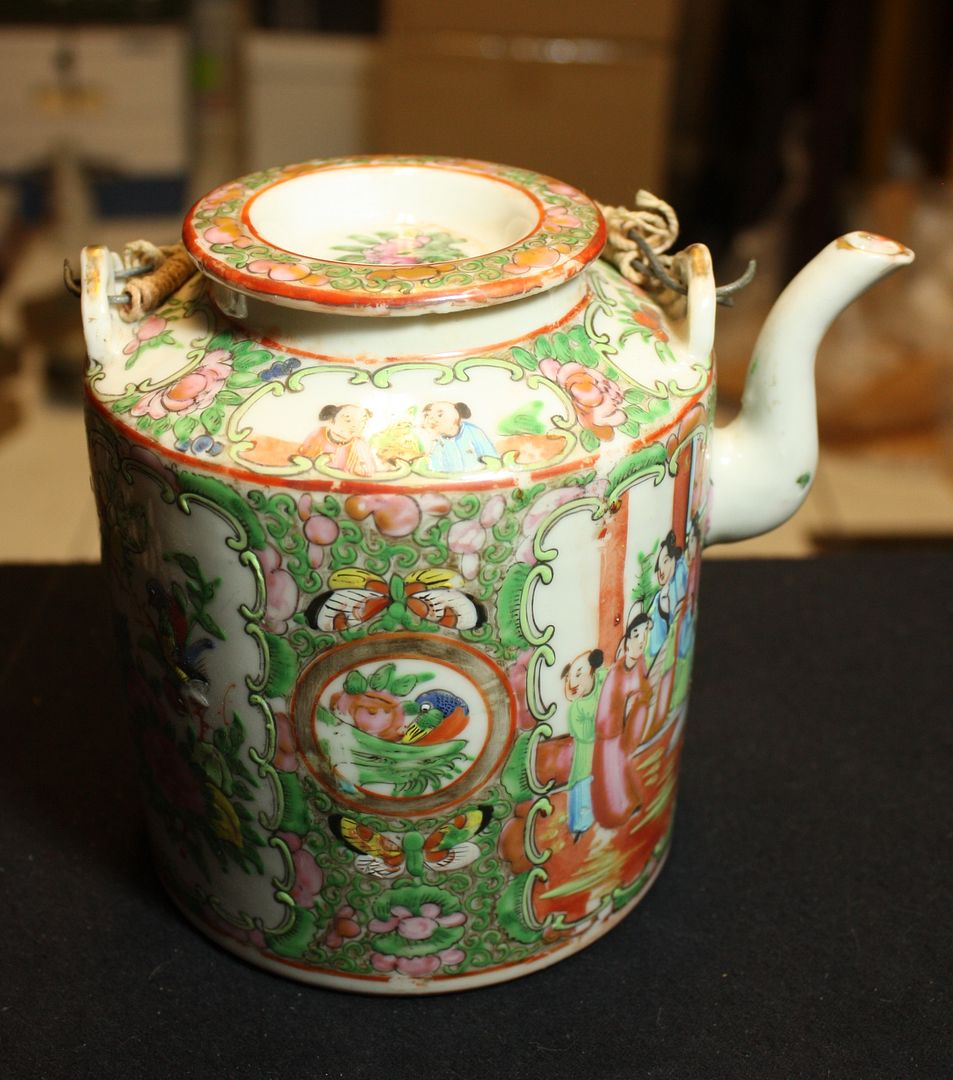
 RSS - Posts
RSS - Posts
I took you at your suggestion and have been reading some of your old post-Covid posts. I haven’t been to…